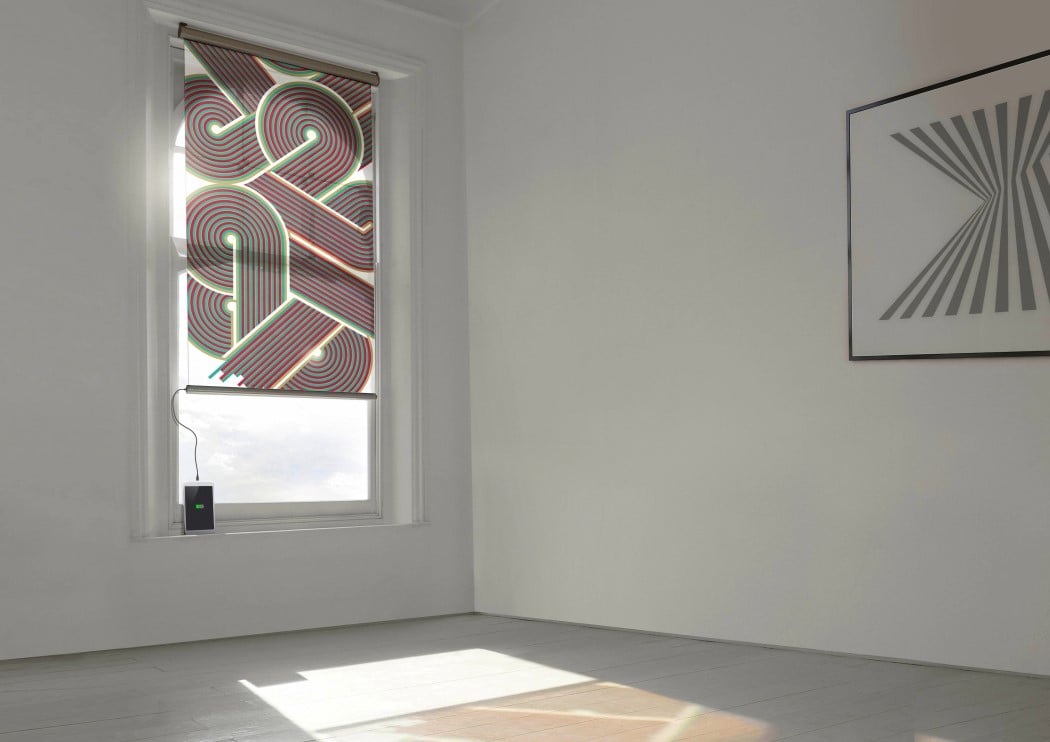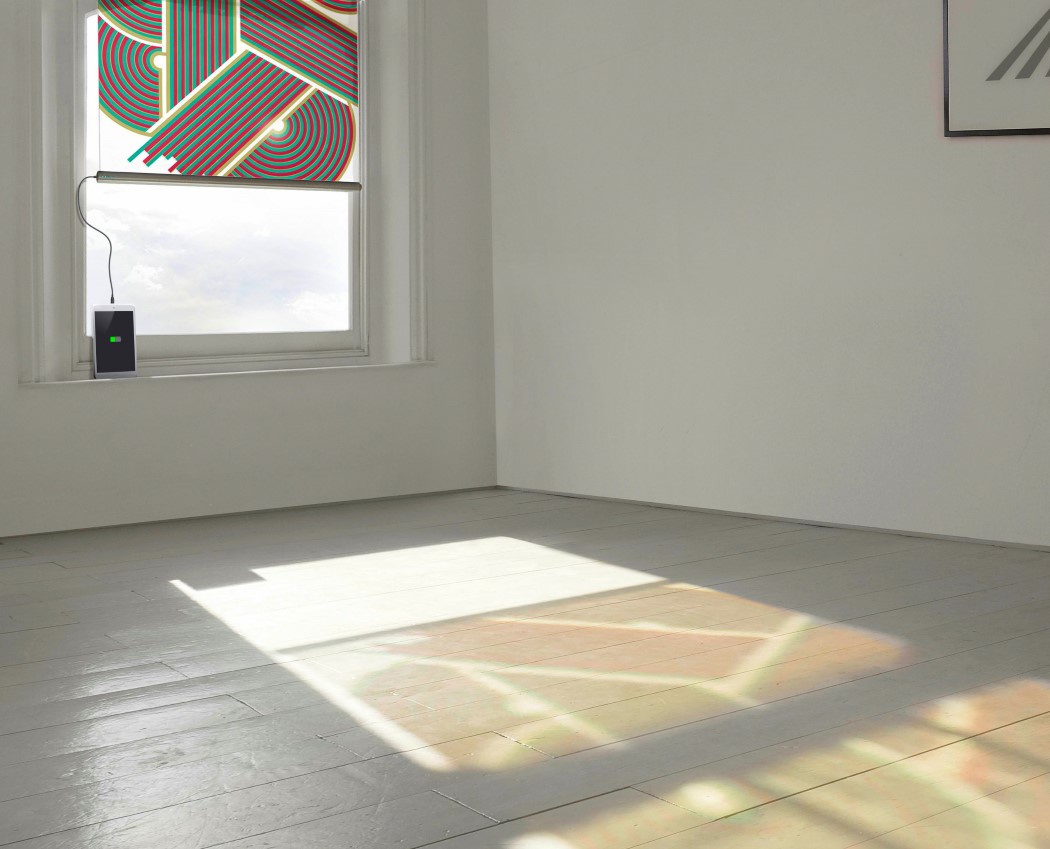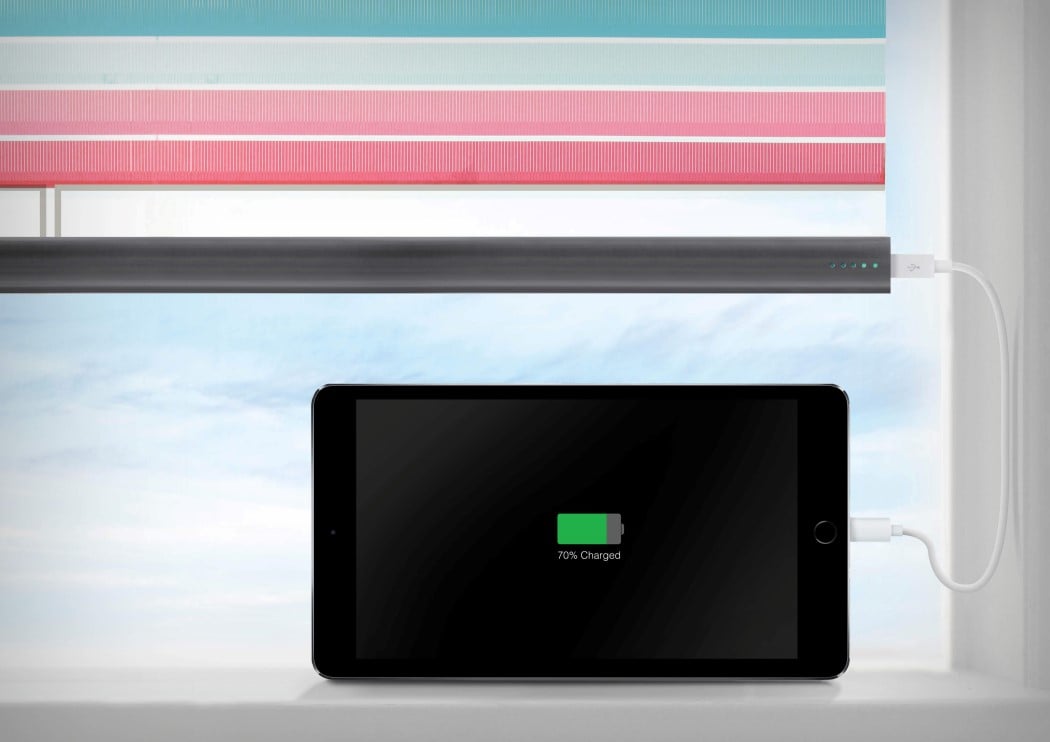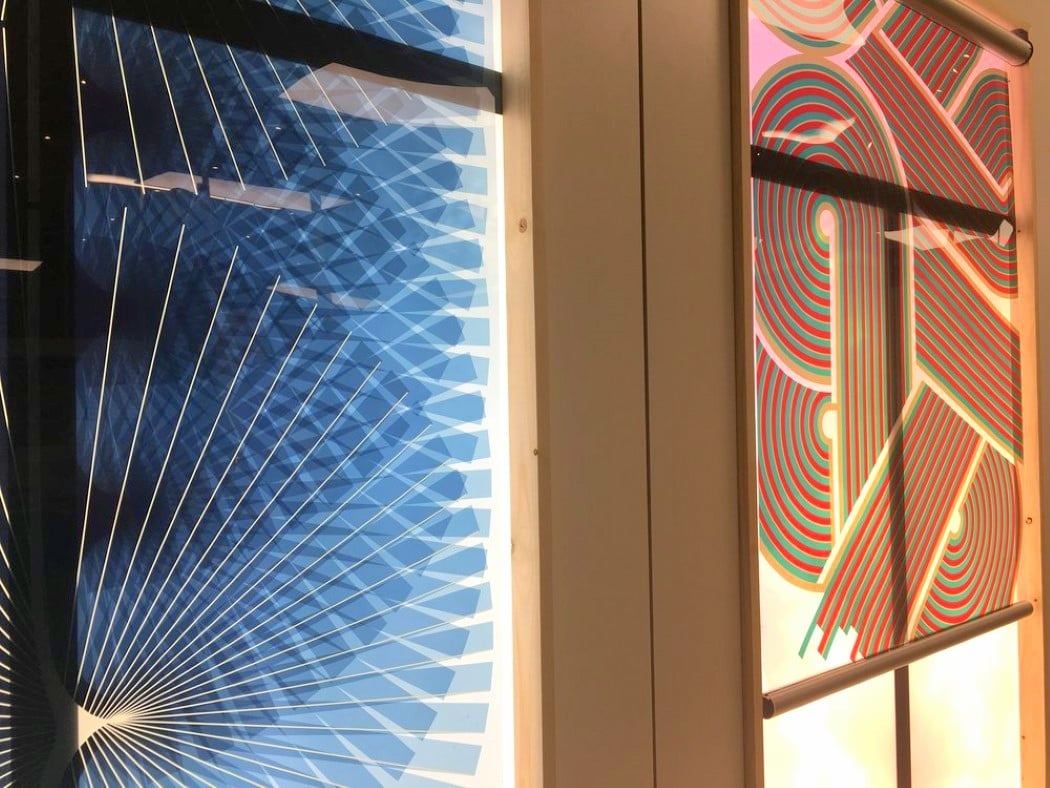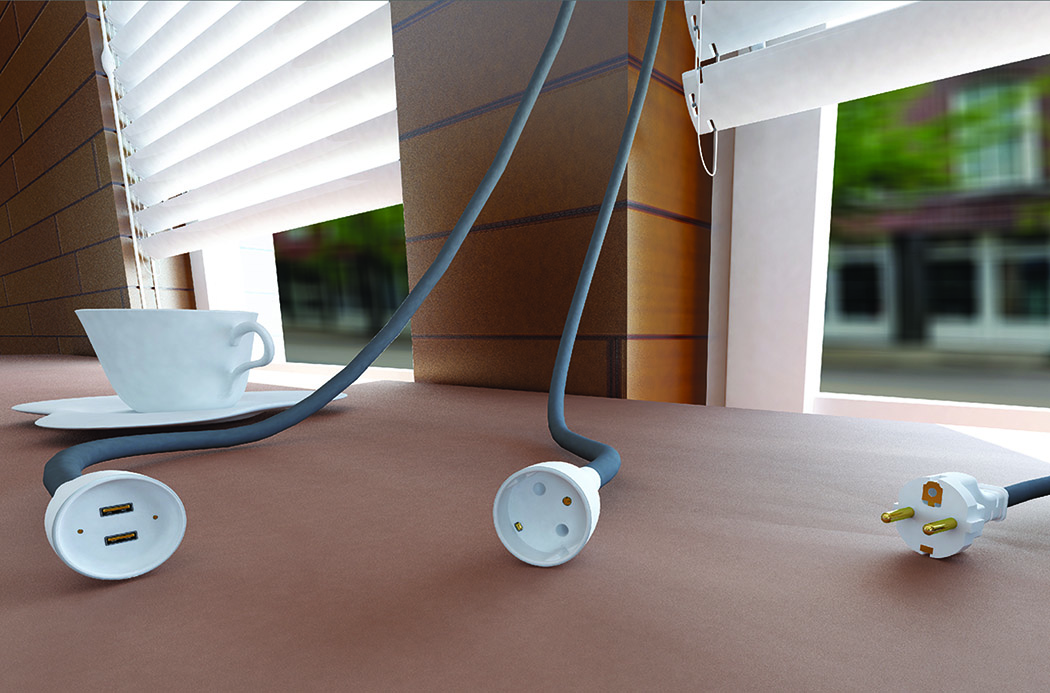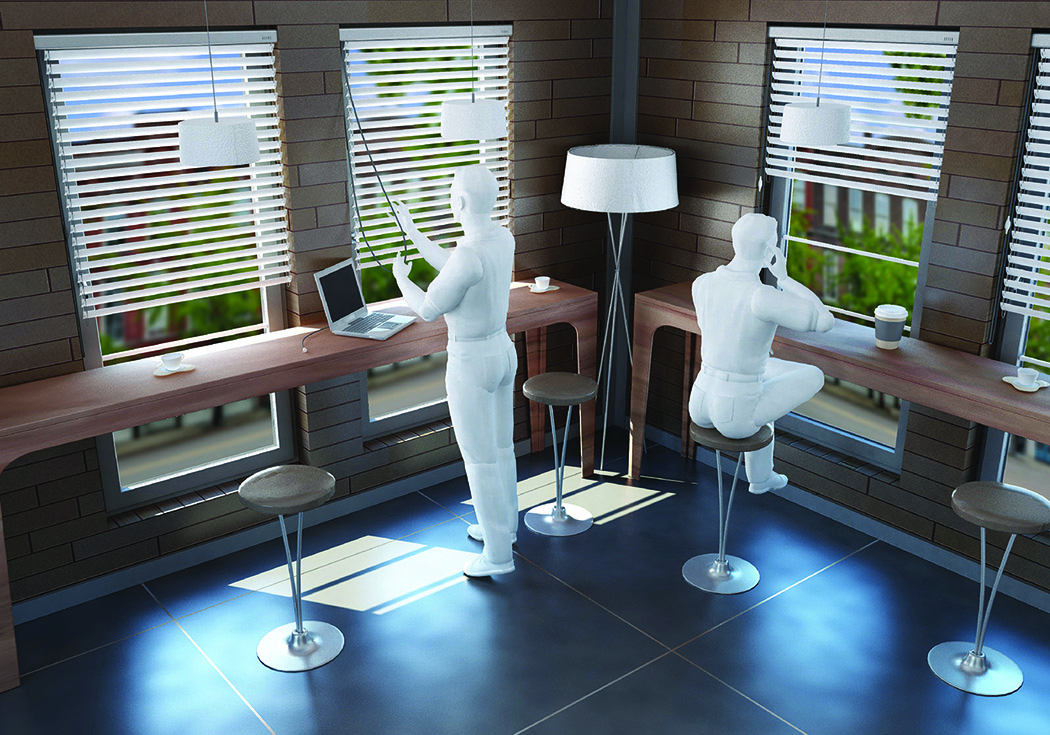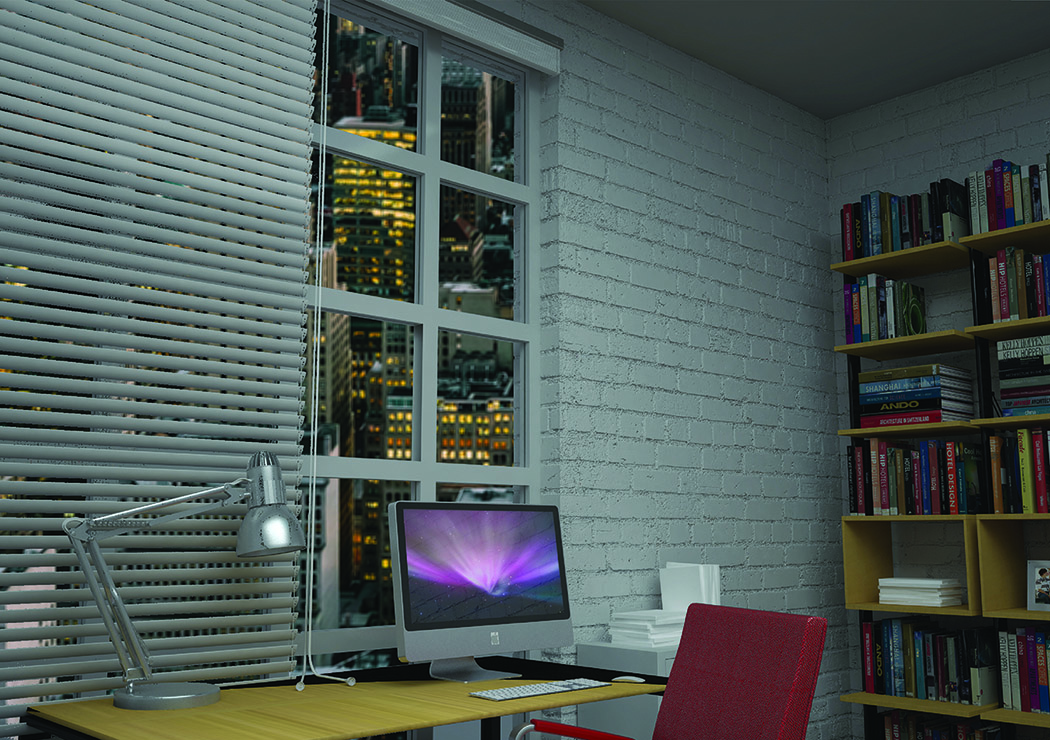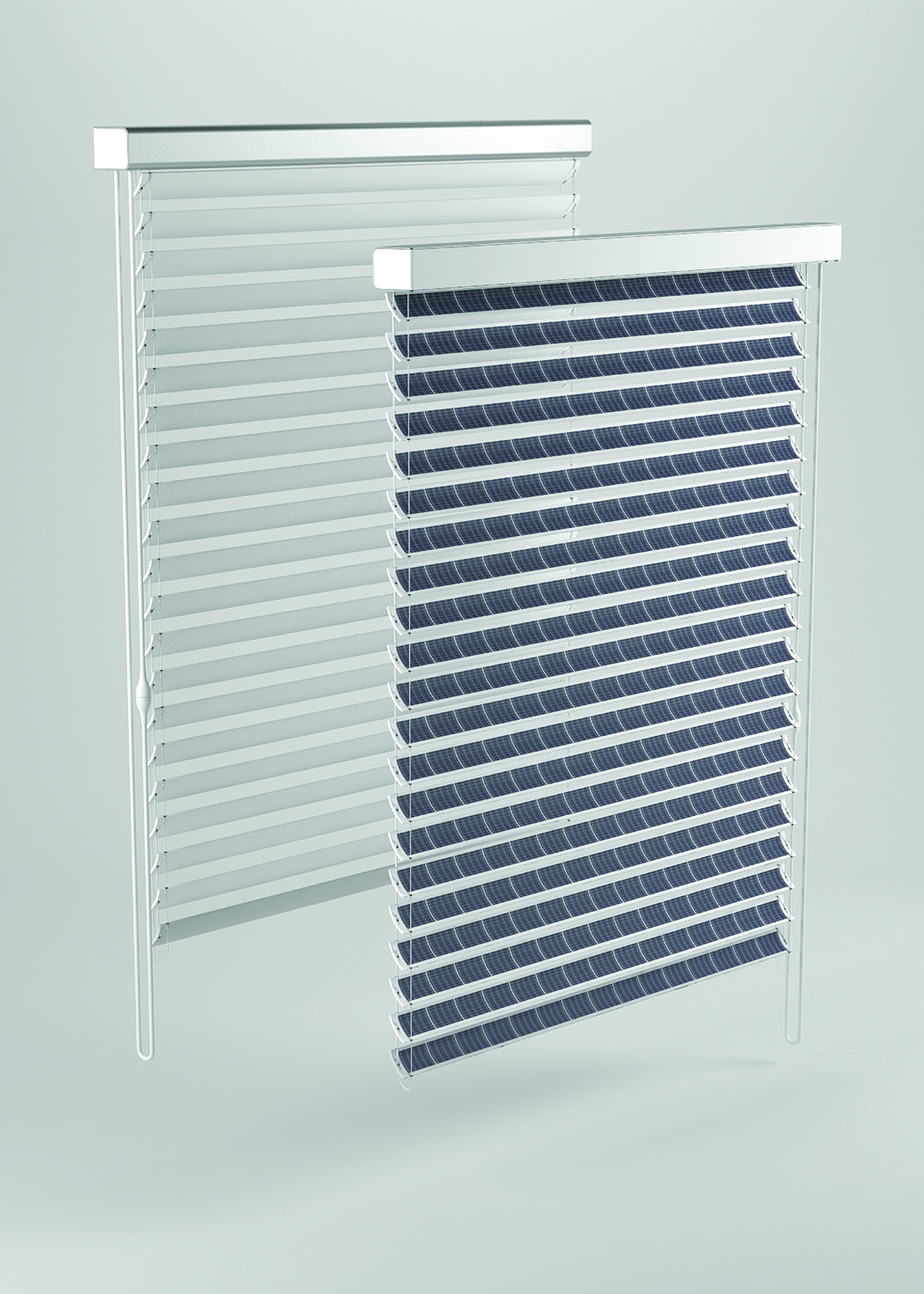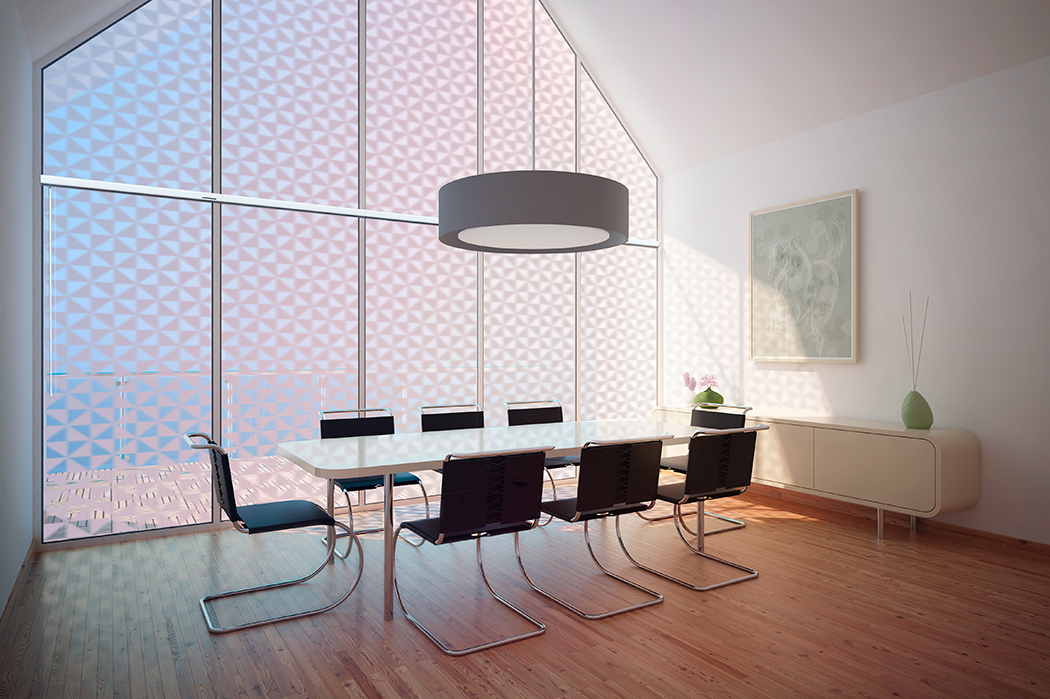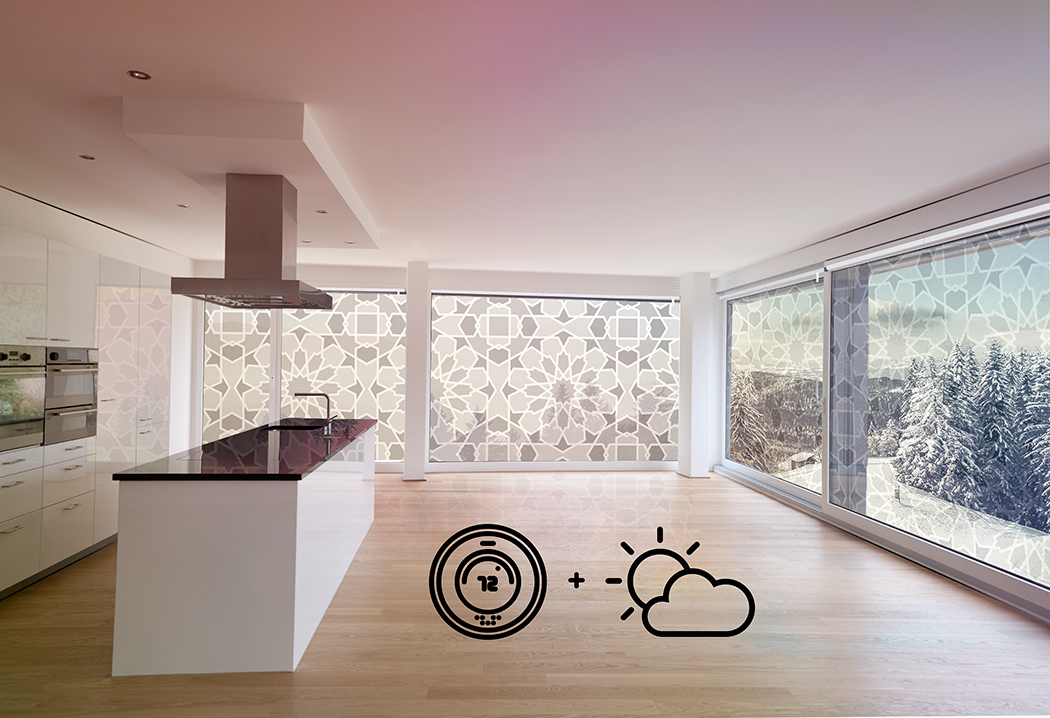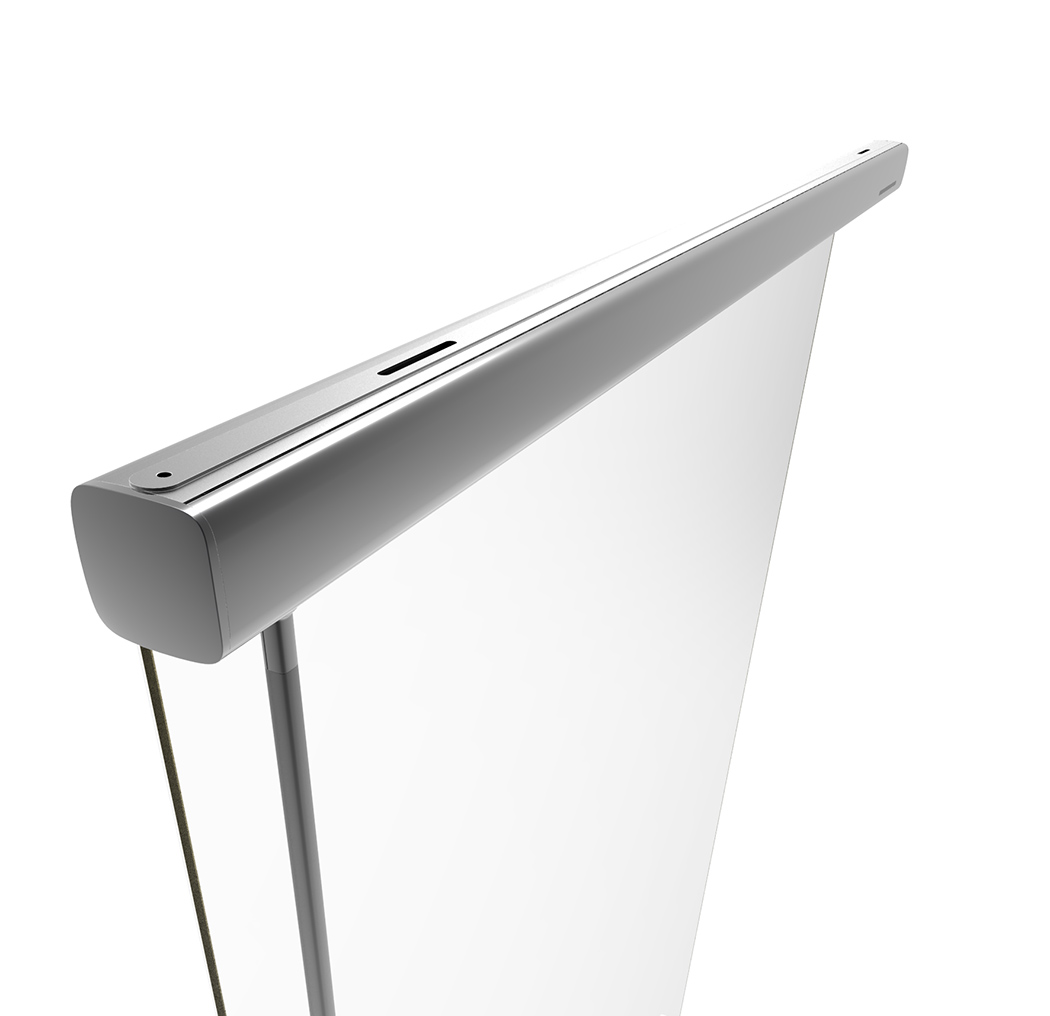Designed to work with almost every chain-operated blind and shade out there, the Arpobot Smart Shade is a Matter-compliant IoT accessory that transforms your analog blinds into voice-activated automatic ones. Just snap the Arpobot Smart Shade in place and it gets to work without requiring extra hubs or separate apps… just your Apple/Google/Amazon smart home platform.
As someone who has blinds in their house, I can attest to the fact that operating them is a chore. Unlike curtains that can be opened or closed with a simple swipe, blinds require constant tugging and pulling to adjust their length gradually, whether you’re closing them or opening them. Multiply that by the number of blinds in your house and that just becomes an unnecessary waste of time. Faced with this annoying dilemma, Francis Guo decided to just automate the process by designing a clever attachment that would operate the blinds without requiring human effort. The Arpobot Smart Shade is a simple device that attaches to your existing set of blinds, turning them into smart blinds that you can either activate using voice commands or using smart-home routines.
Designers: Francis Guo, Sijun Hou, Mike Zhou, Feng Yin, Maolin Li, Eric Xie and Yiwei Sun
Click Here to Buy Now: $99 $205 ($106 off). Hurry, only 7/250 left!
With an outwardly simple design that’s easy to install, the Arpobot Smart Shade snaps onto your windowsill, letting you feed the blind’s beaded chain into it. Its benign, minimalist design blends well into almost every interior space, more so with the decorative fascia that come in marble, wood, and plain white finishes to give the Arpobot Smart Shade a pristine and homely touch. Underneath the fascia, however, is the IoT-powered motor that operates the blinds by working like an automatic pulley of sorts.
The Arpobot Smart Shade works with a whole slew of blinds and shades that rely on a bead-chain mechanism. Whether it’s a horizontal blind, a roller shade, roman shade, or cellular shade, the Arpobot Smart Shade easily retrofits onto your existing piece of decor, working seamlessly without needing you to change anything or even bust out a toolkit. The bot glues to your wall or windowpane, lets you feed the chain in, and plugs shut.
It runs on a removable 4000mAh battery that can easily be replaced when it runs out of charge, and the battery unit even doubles as a power bank for your phone so you can easily buy a few spares to use around the house with your gadgets as well as with the Smart Shade and even future products from Arpobot.
Setting the Arpobot Smart Shade up takes mere minutes too. It doesn’t come with any extra hardware or even its own app, and pairs directly with your smart home software. Just pair the Arpobot Smart Shade up with your smart home app, set its minimum and maximum limits (so the Arpobot knows when to stop opening or closing your blinds), and you’re ready to go. The bot works directly with Siri, Google, and Alexa thanks to the Matter IoT protocol, making it more useful across ecosystems and with other devices around your house! The Arpobot Smart Shade starts at a discounted price of $149 AUD ($95 USD) which includes a single Arpobot along with one removable battery. The Arpobot Smart Shade ships globally starting December 2023.
Click Here to Buy Now: $99 $205 ($106 off). Hurry, only 7/250 left!
The post Turn Your Regular Blinds into Smart Voice-Activated Ones With This Clever Retrofit IoT Accessory first appeared on Yanko Design.
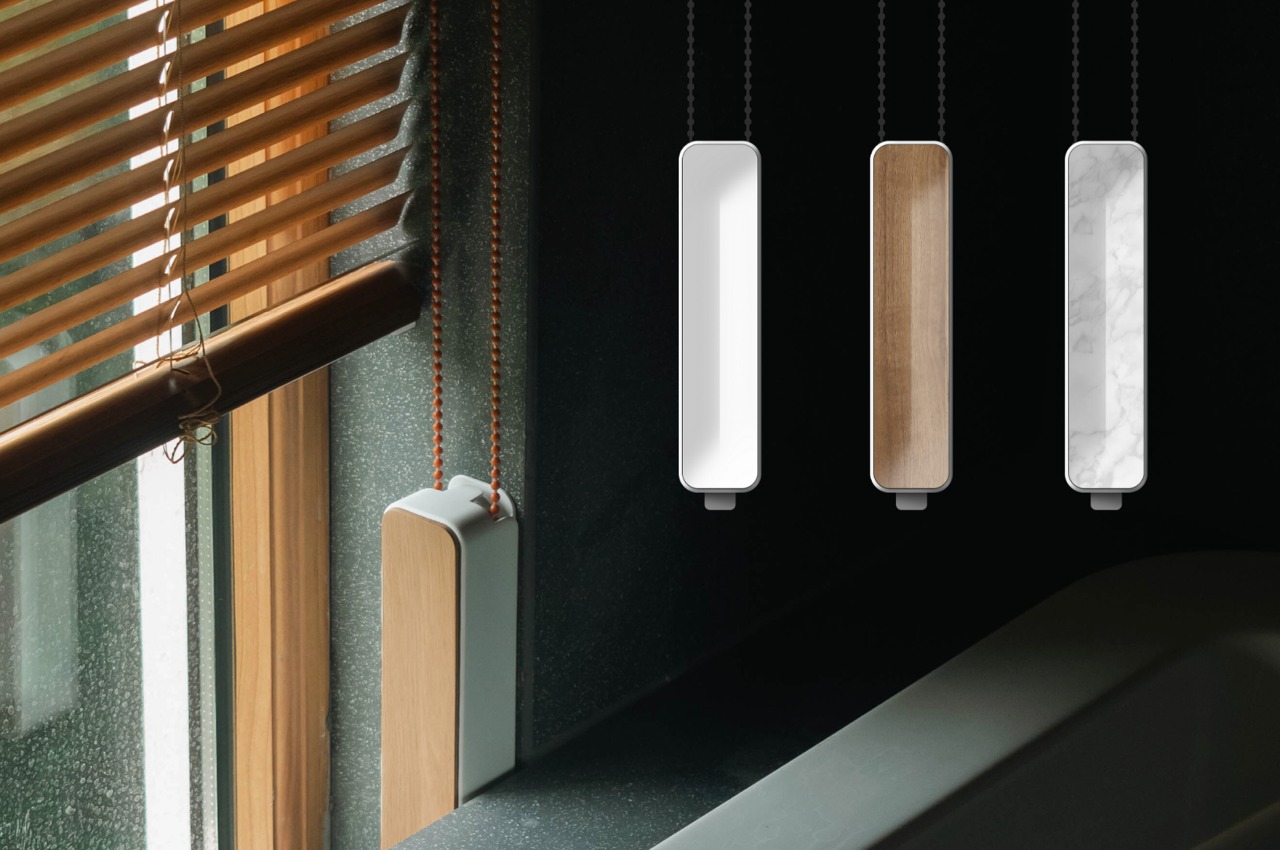
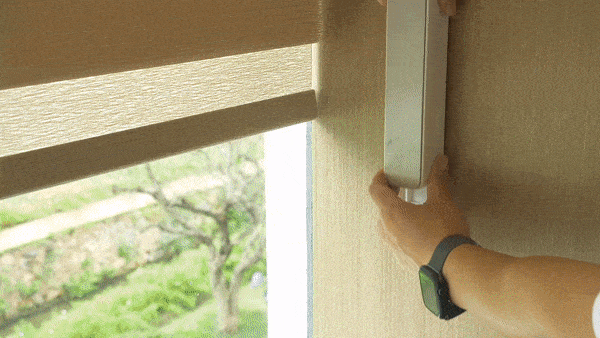
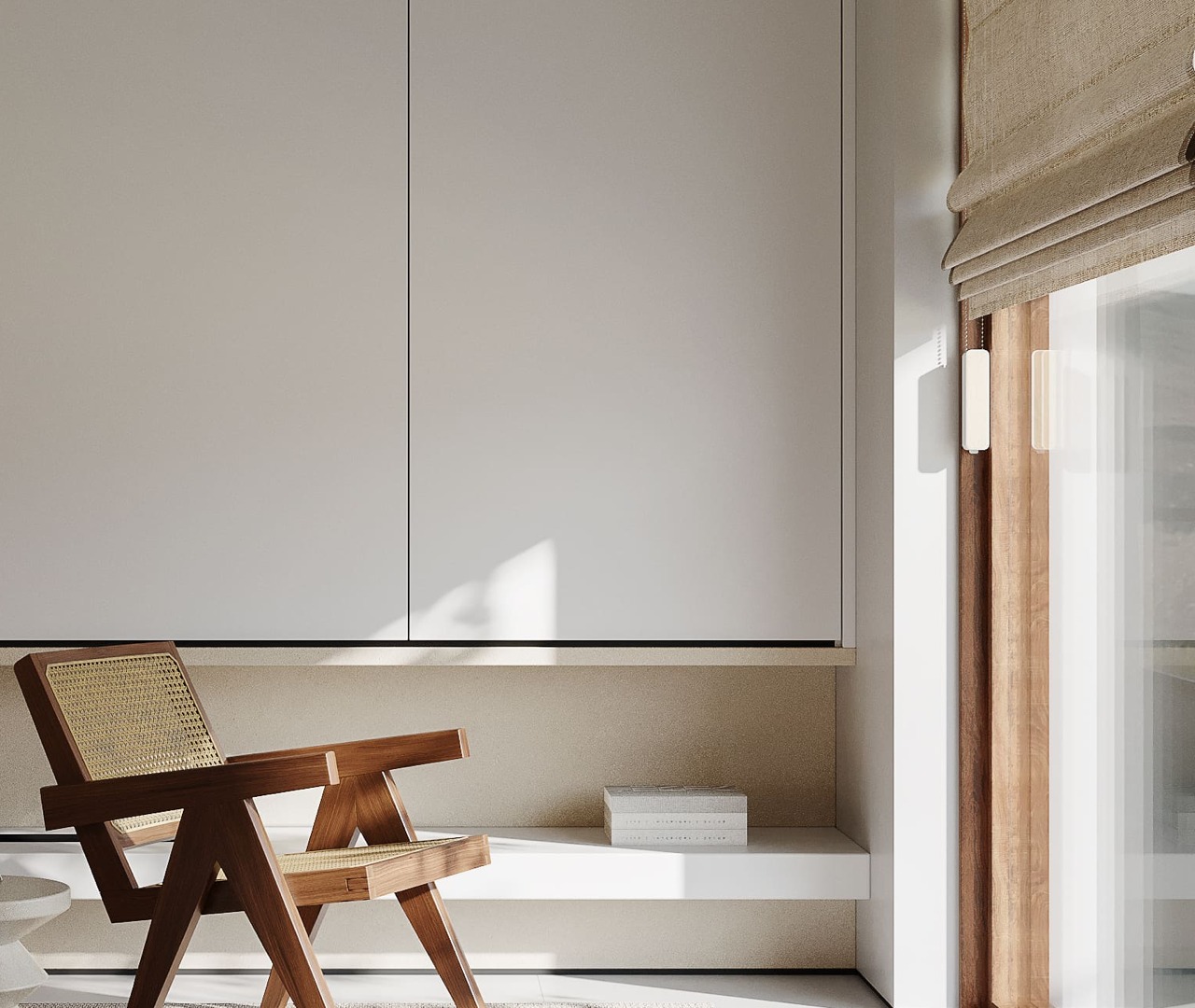
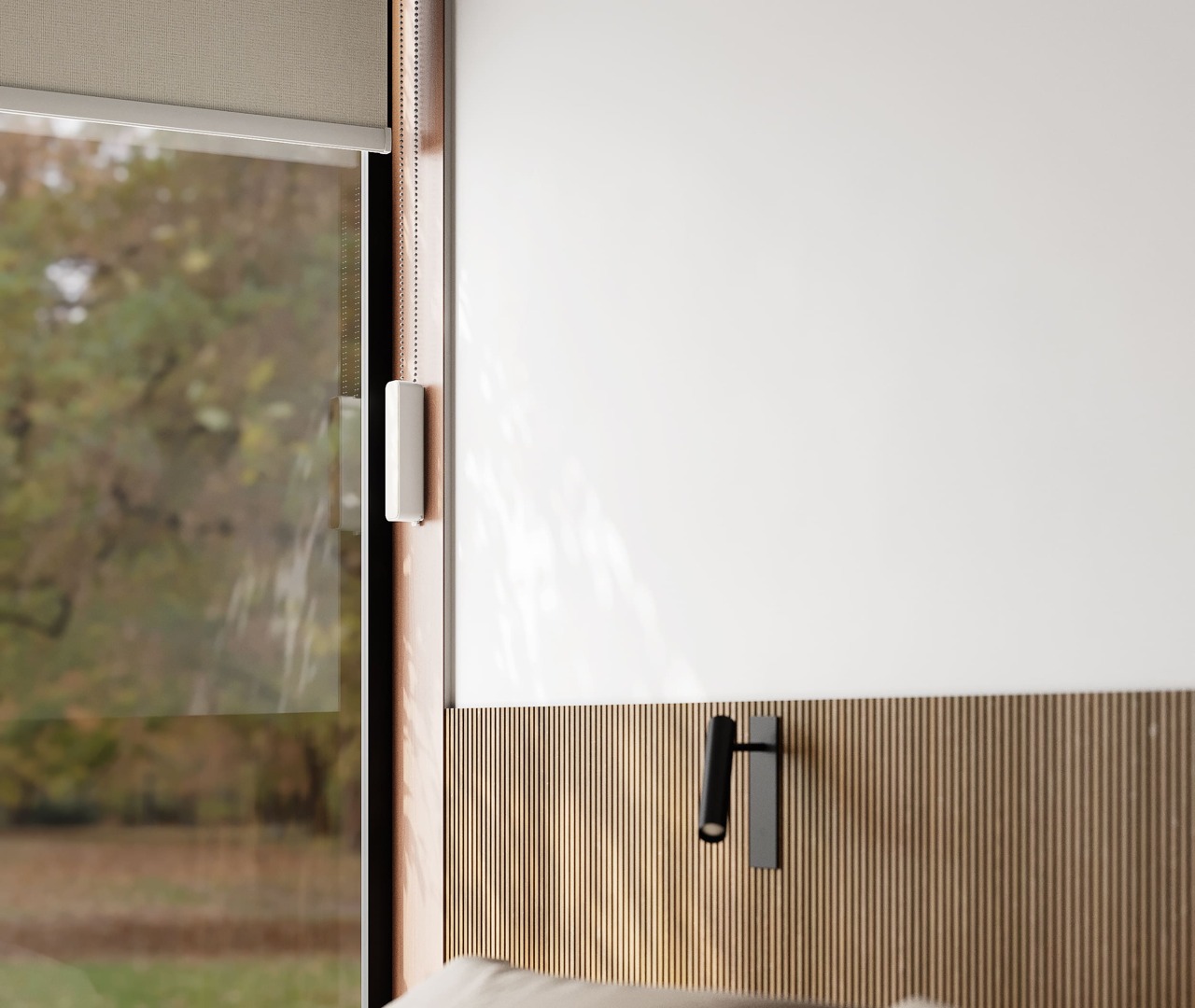

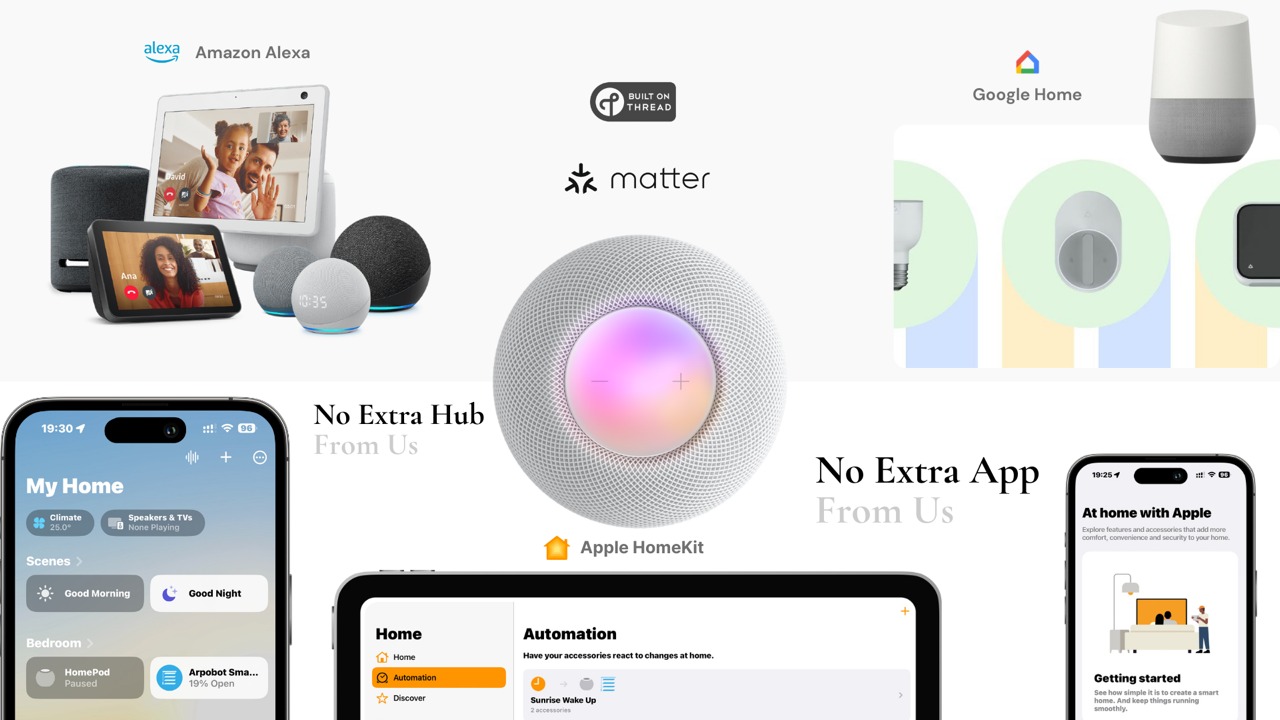
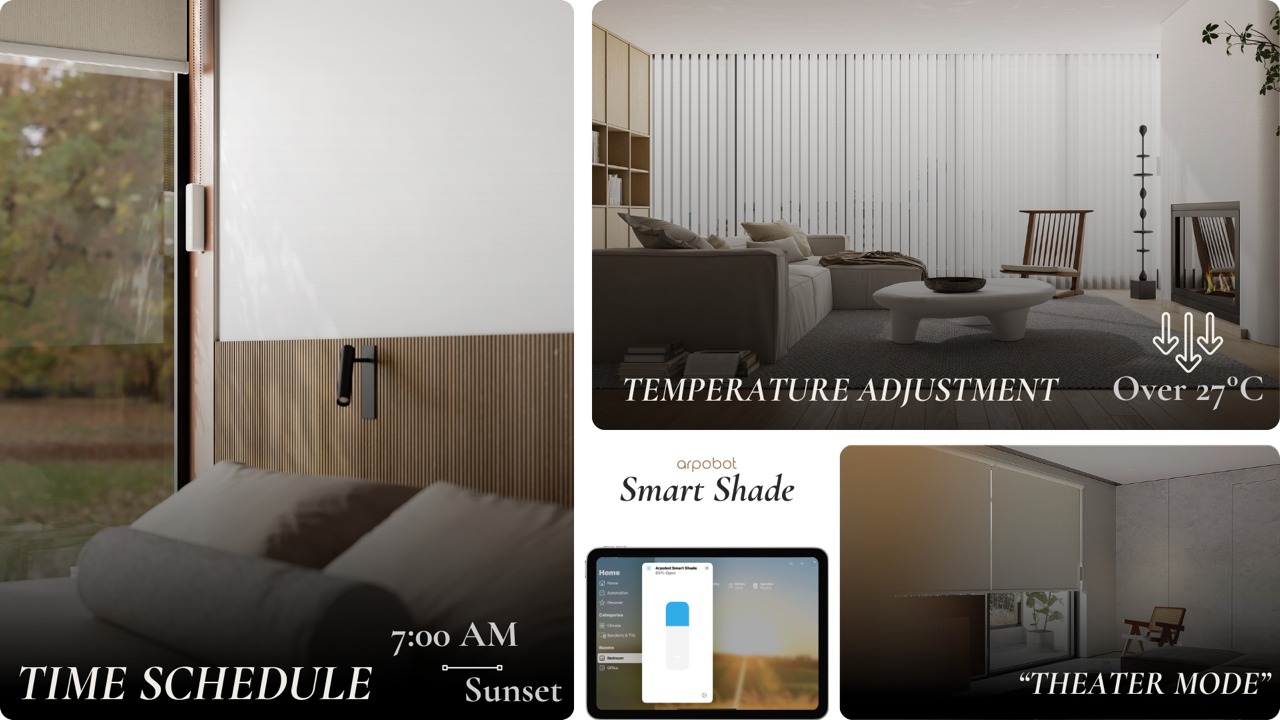

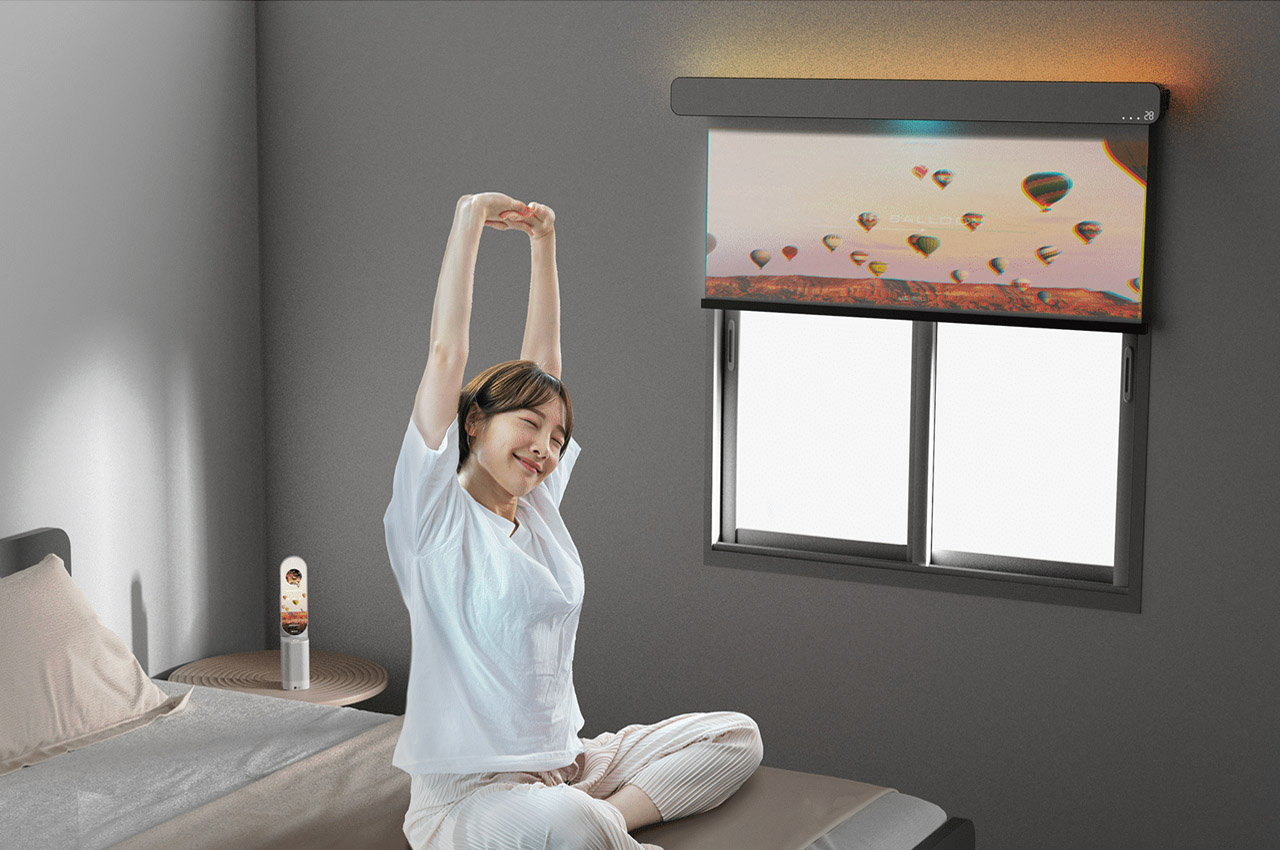
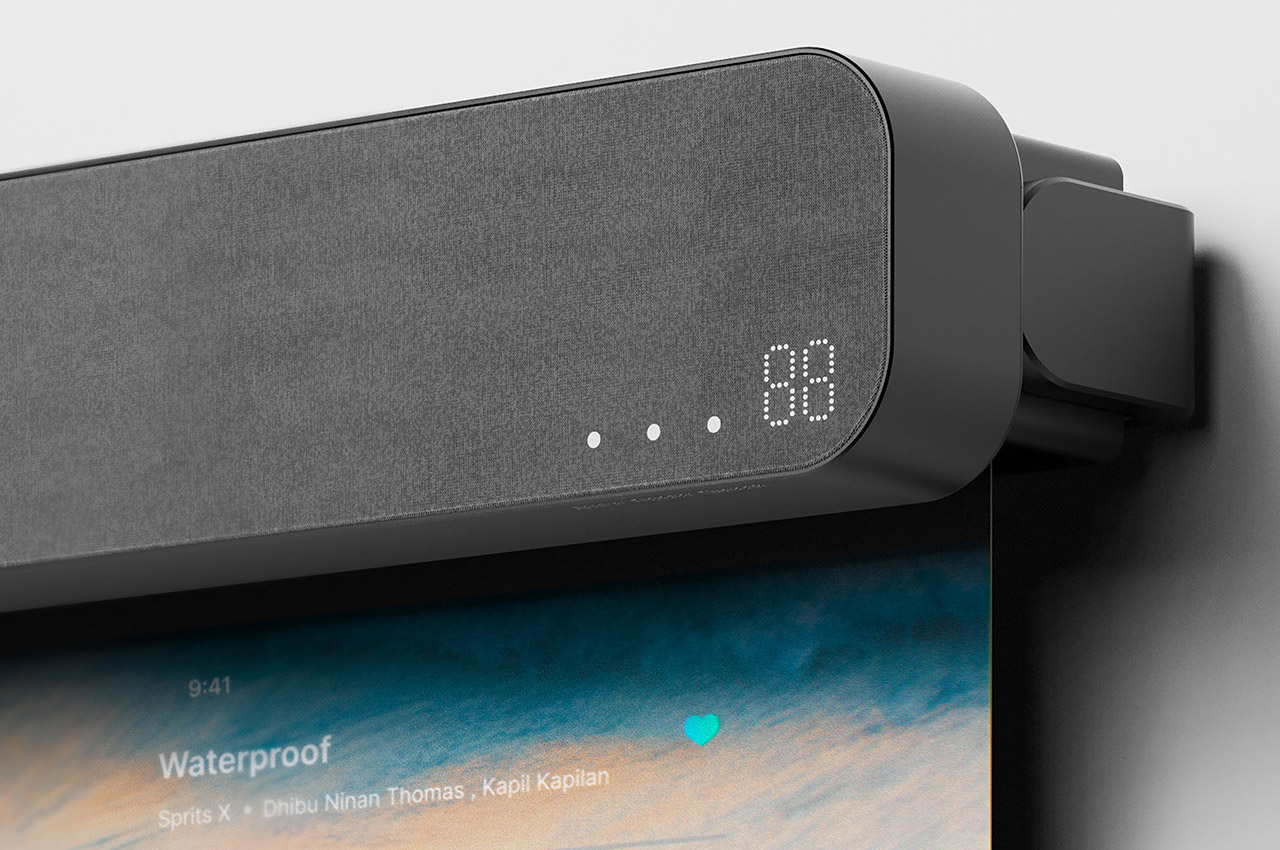
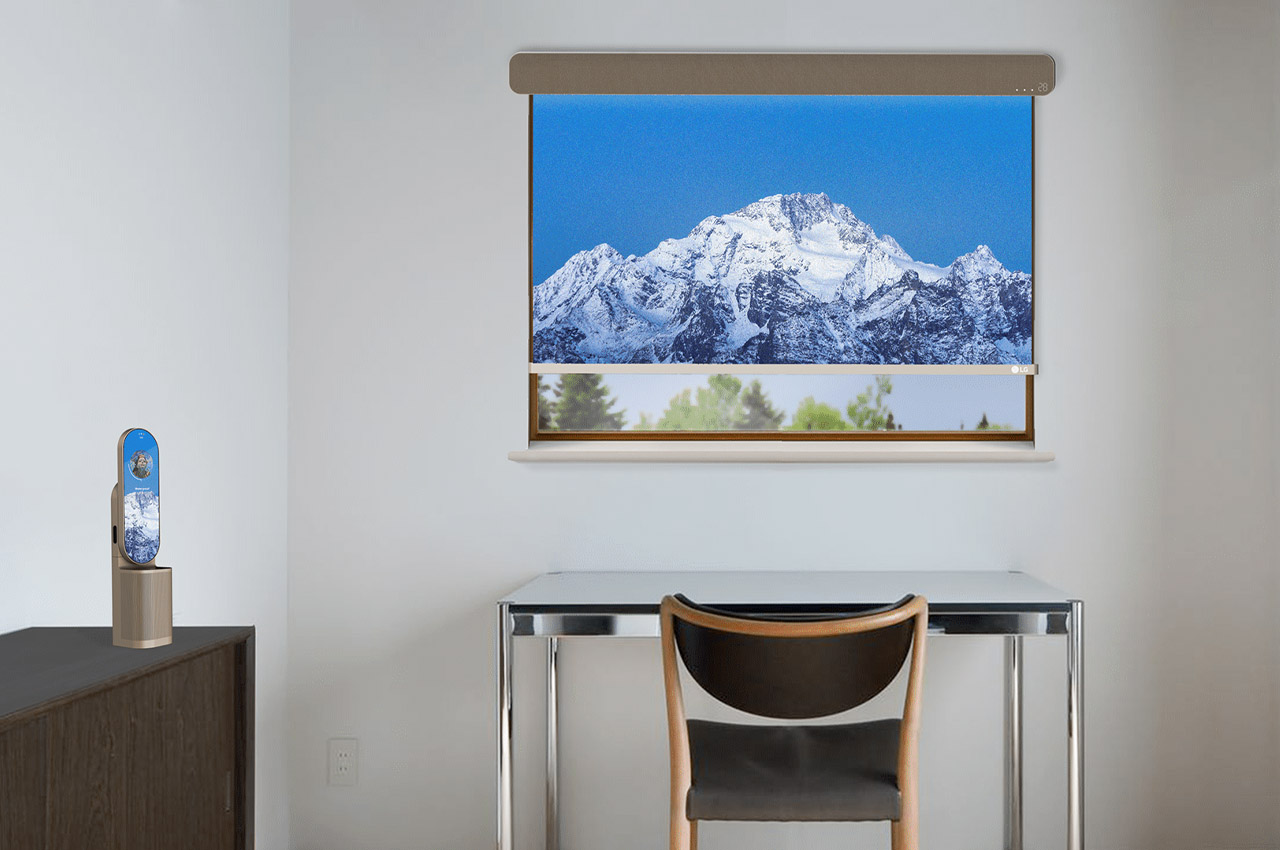
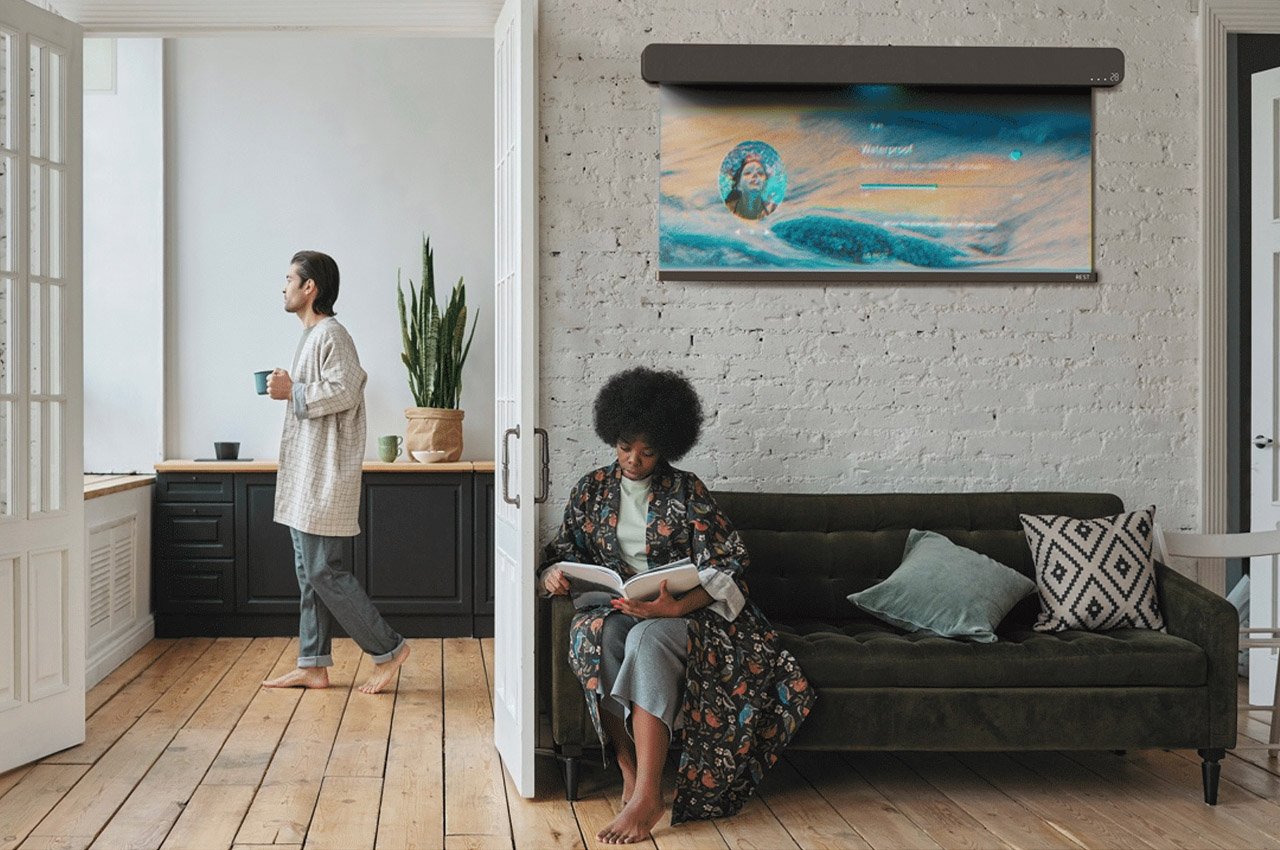
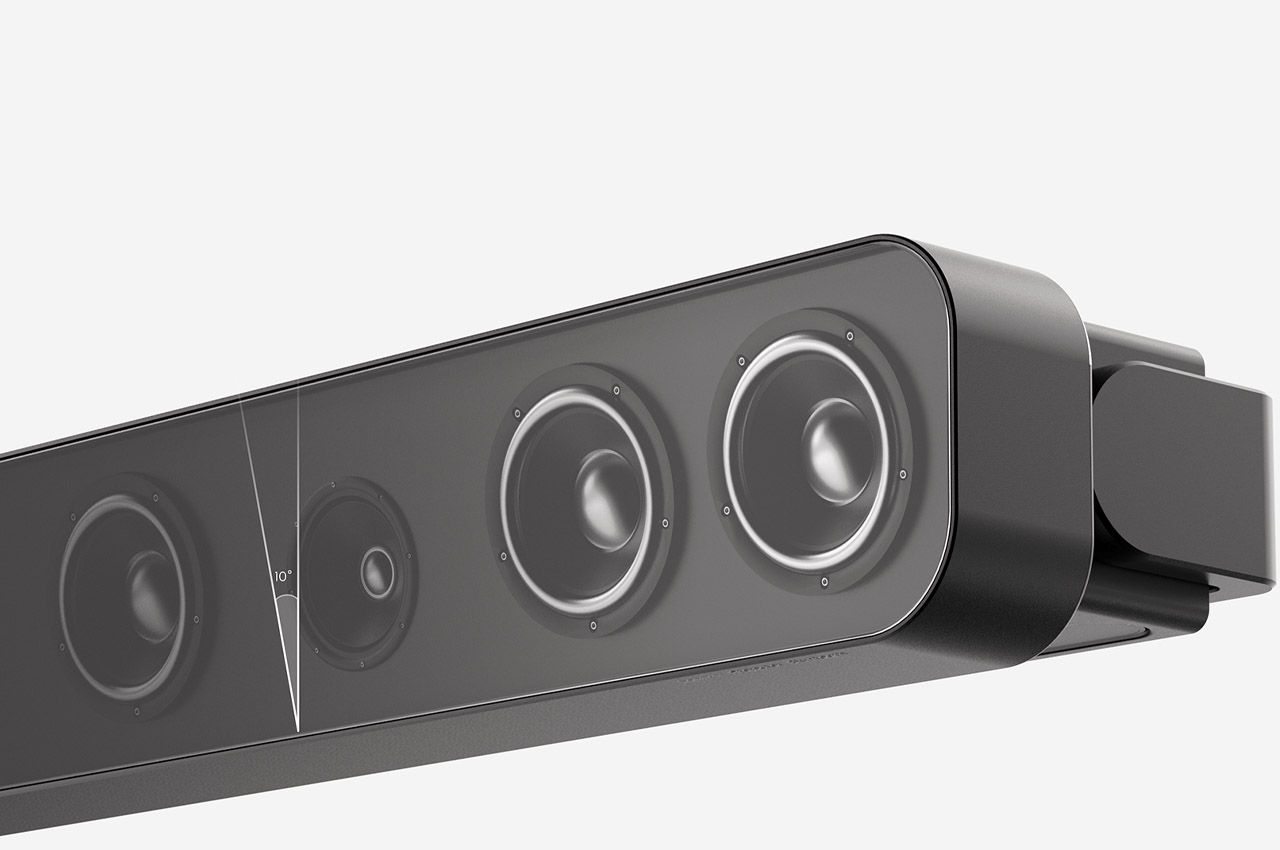
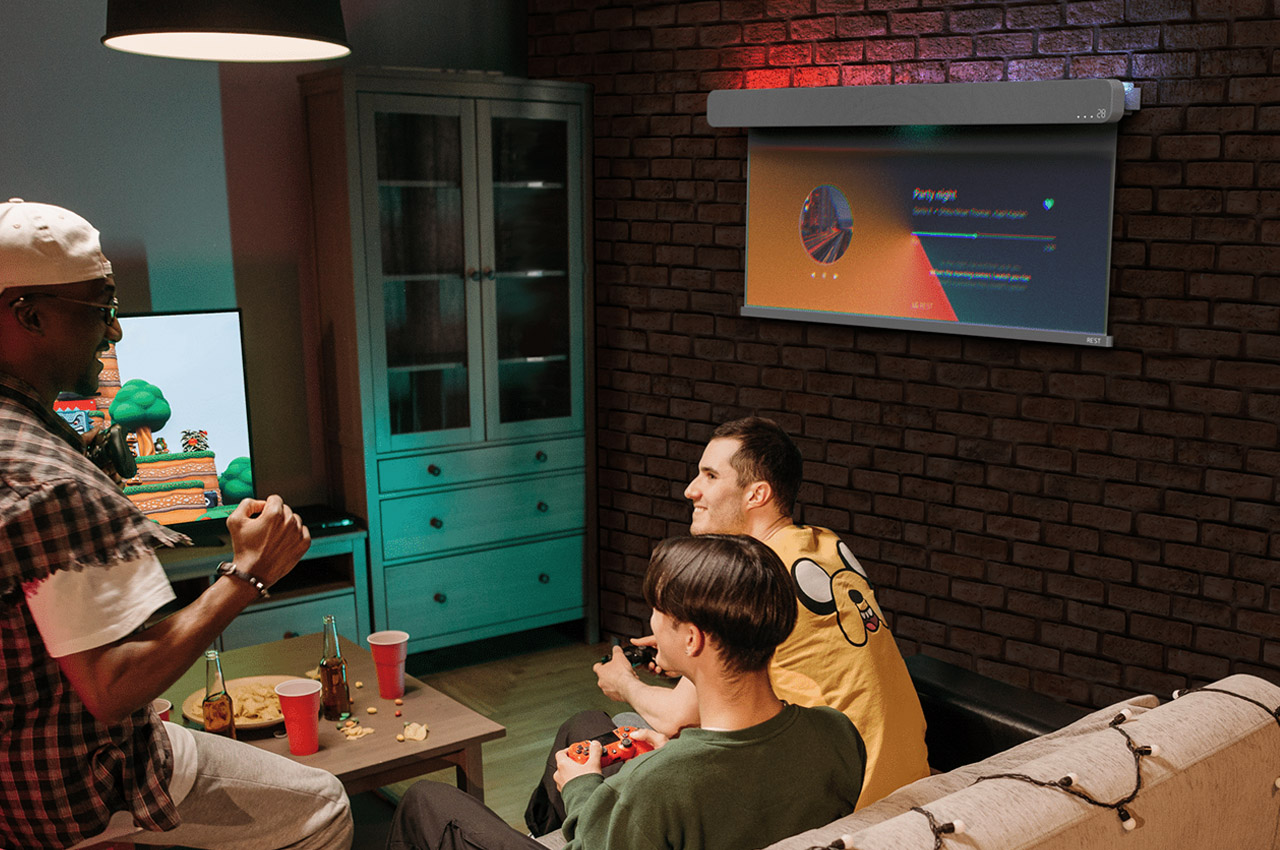
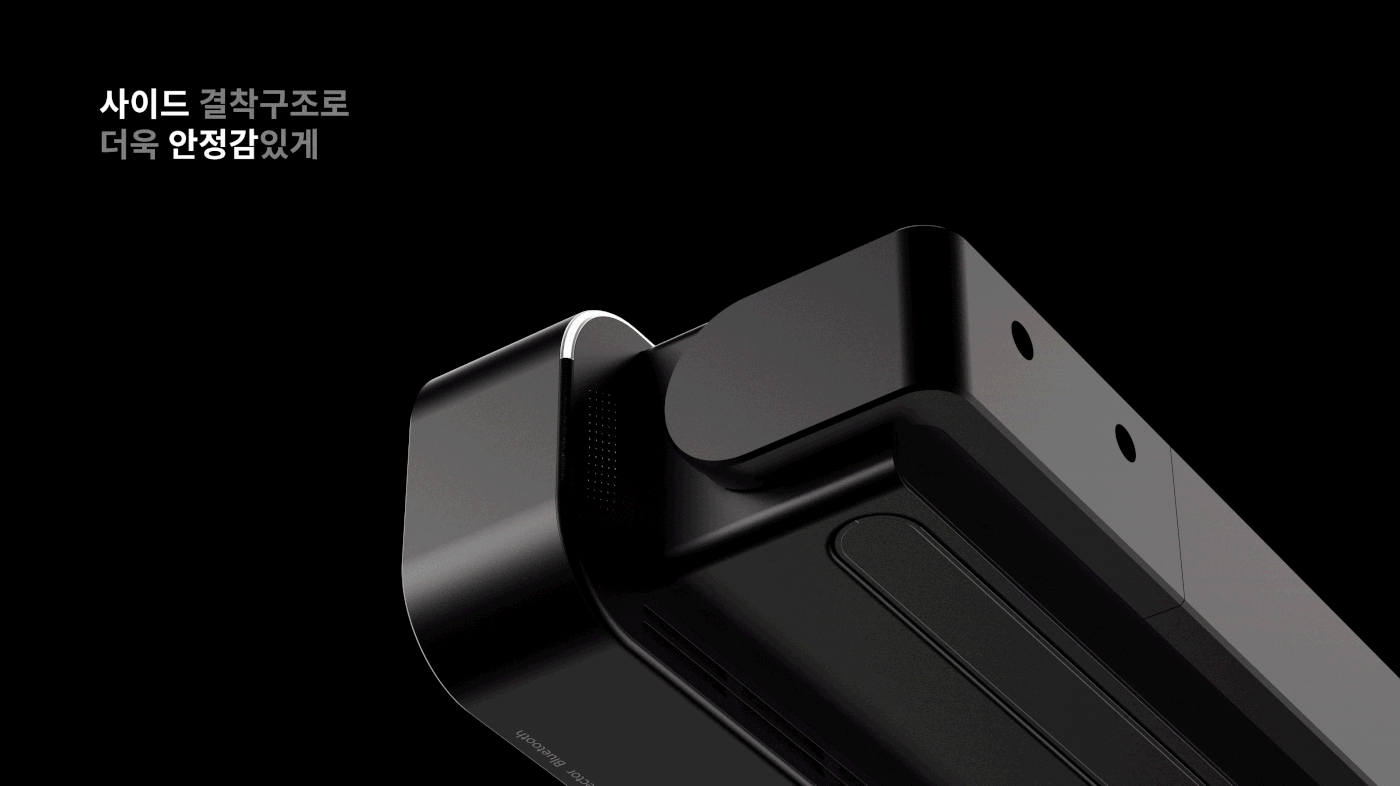
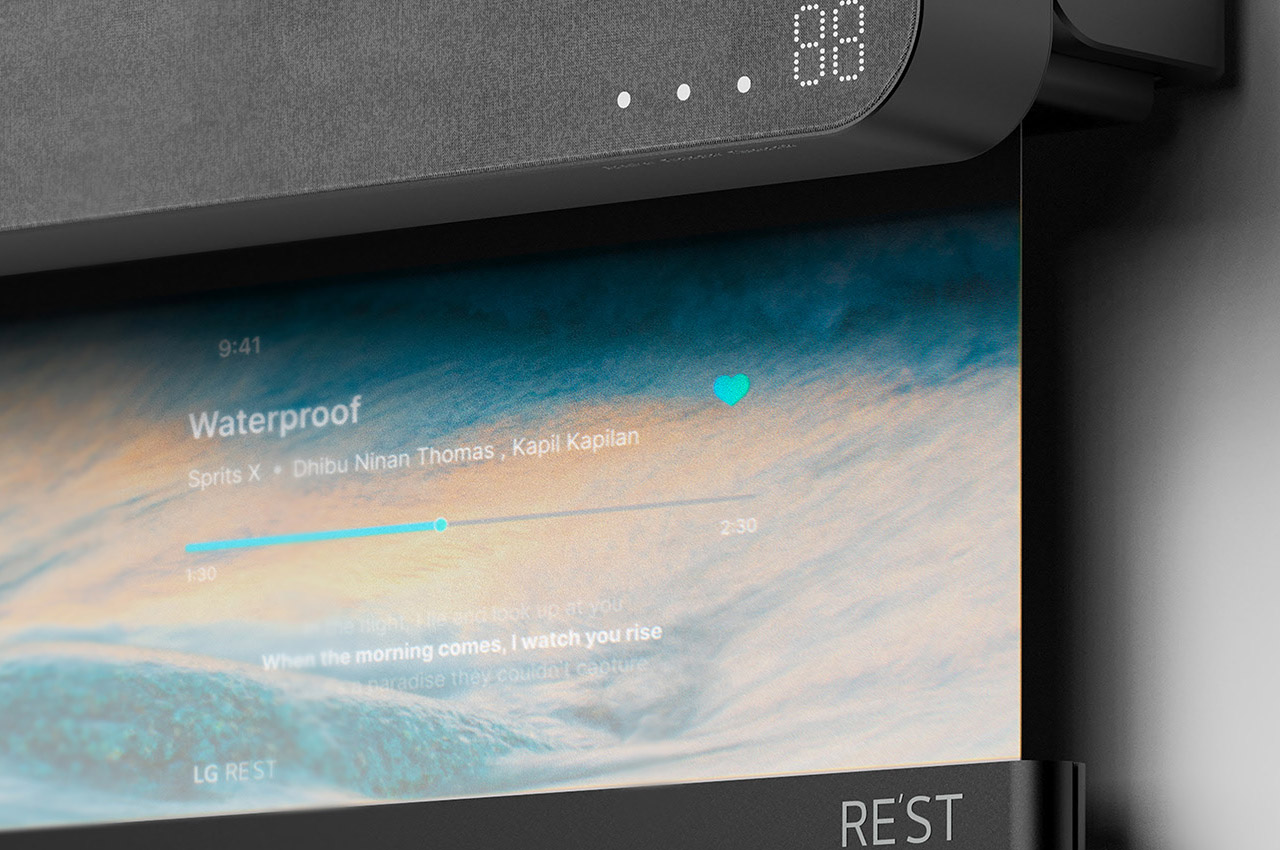
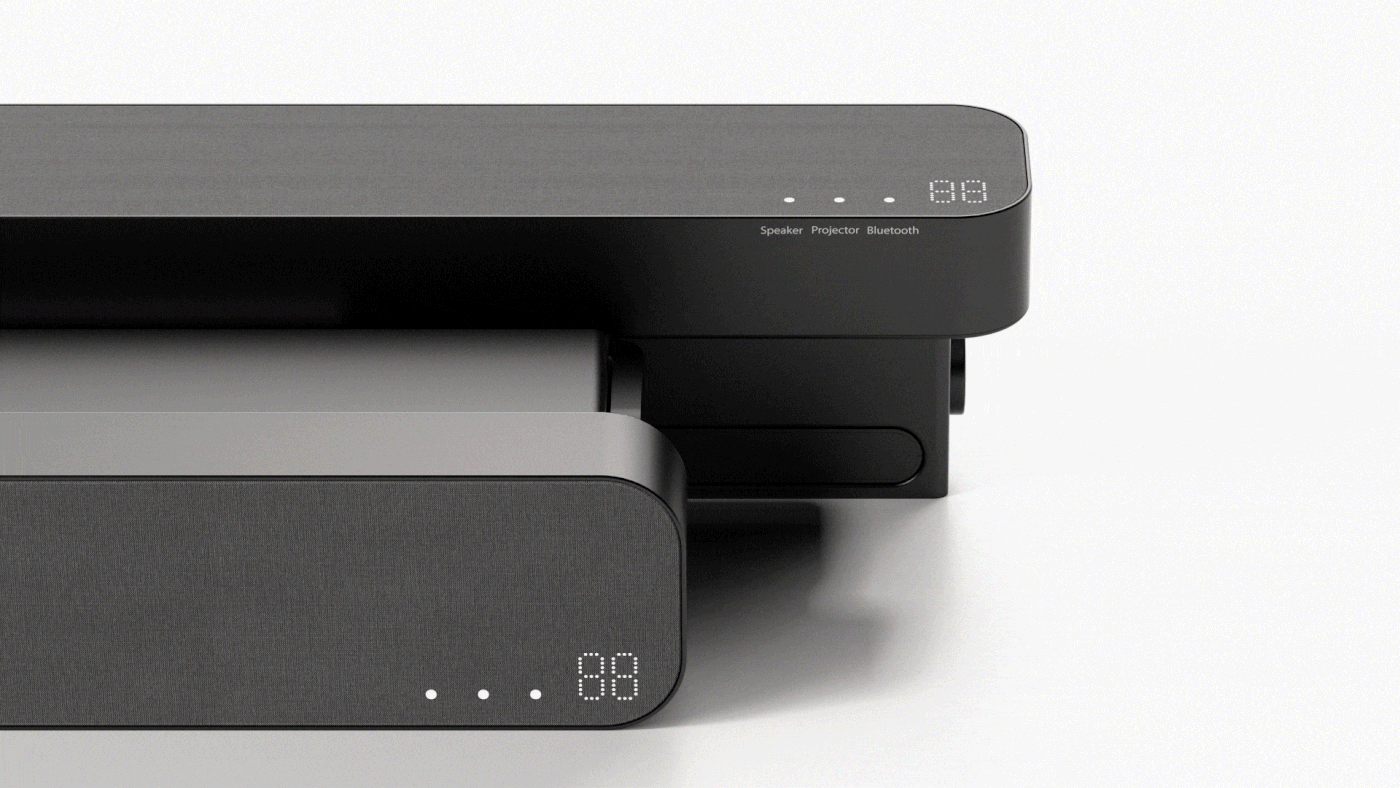
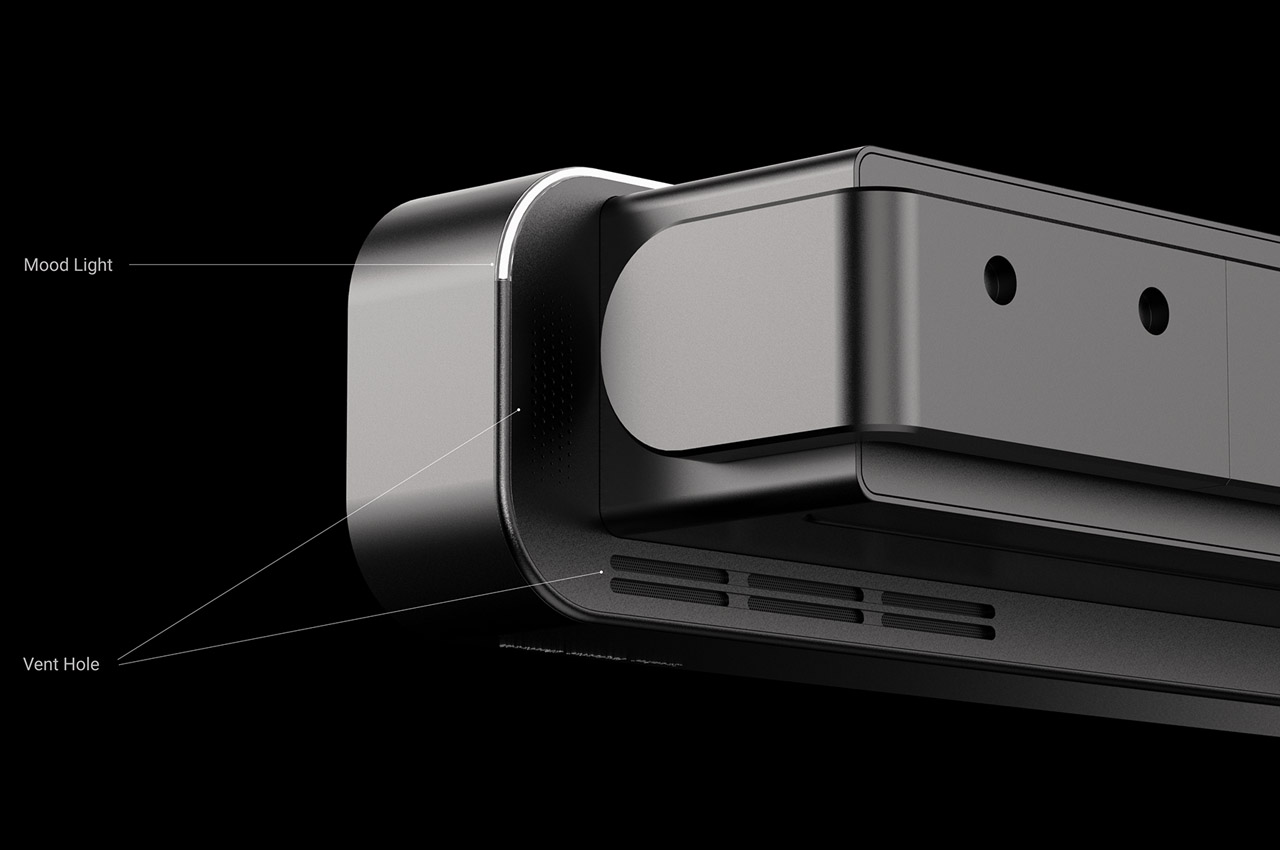
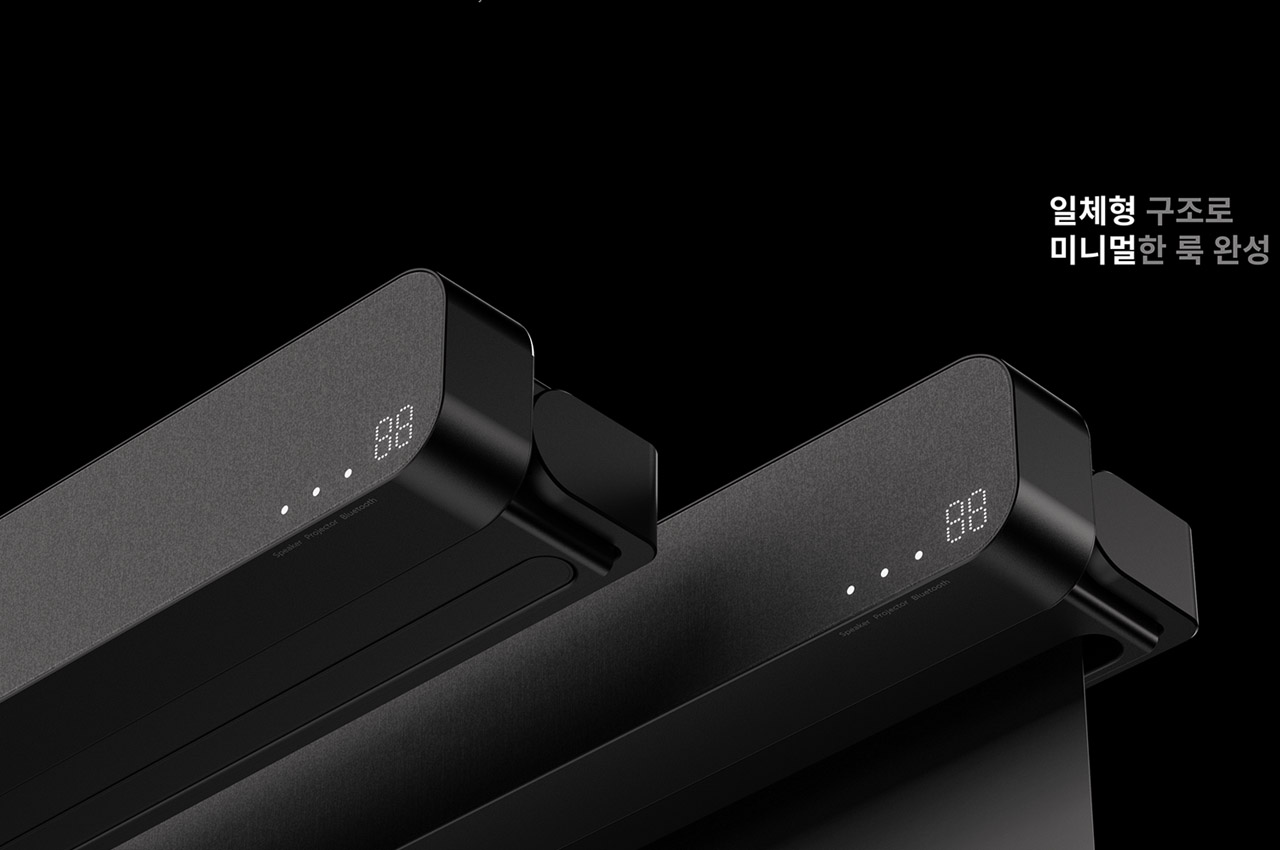
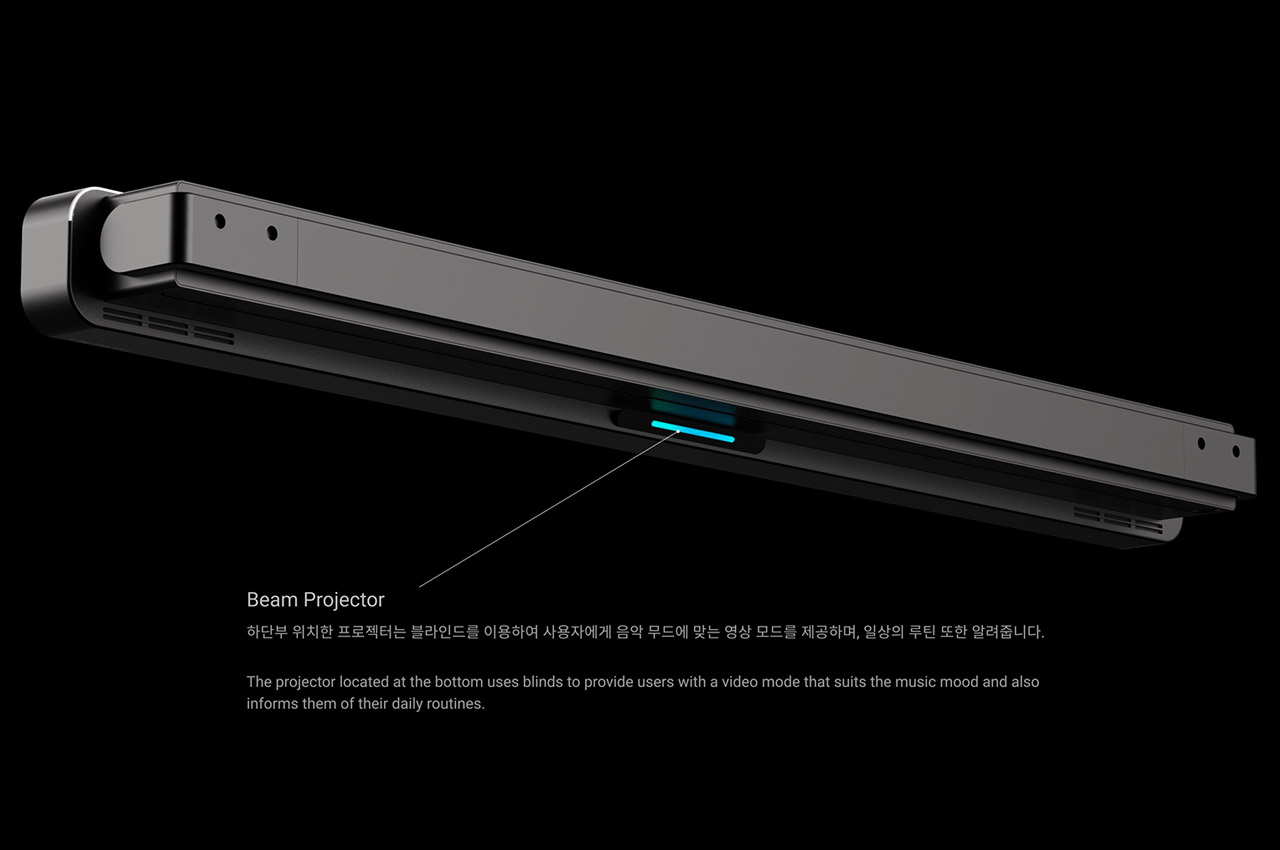
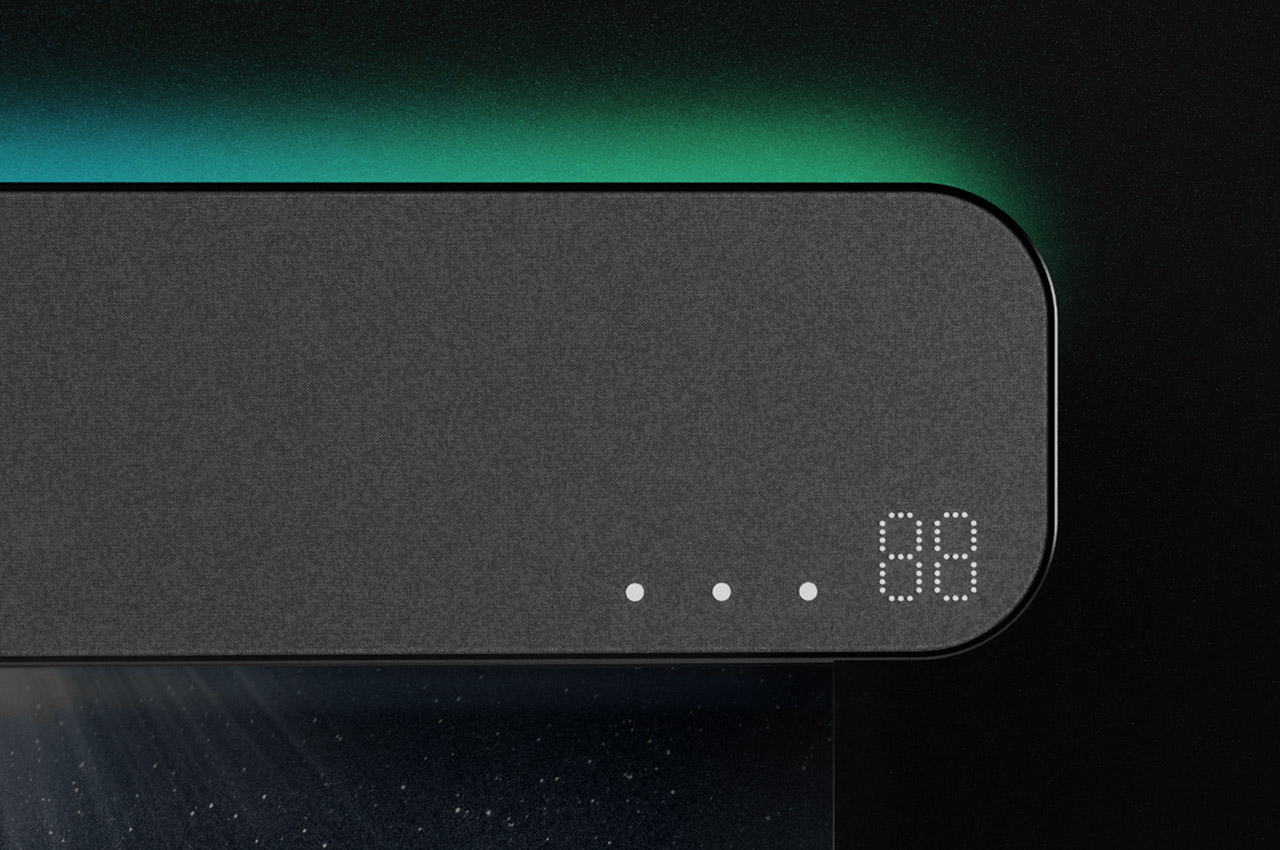
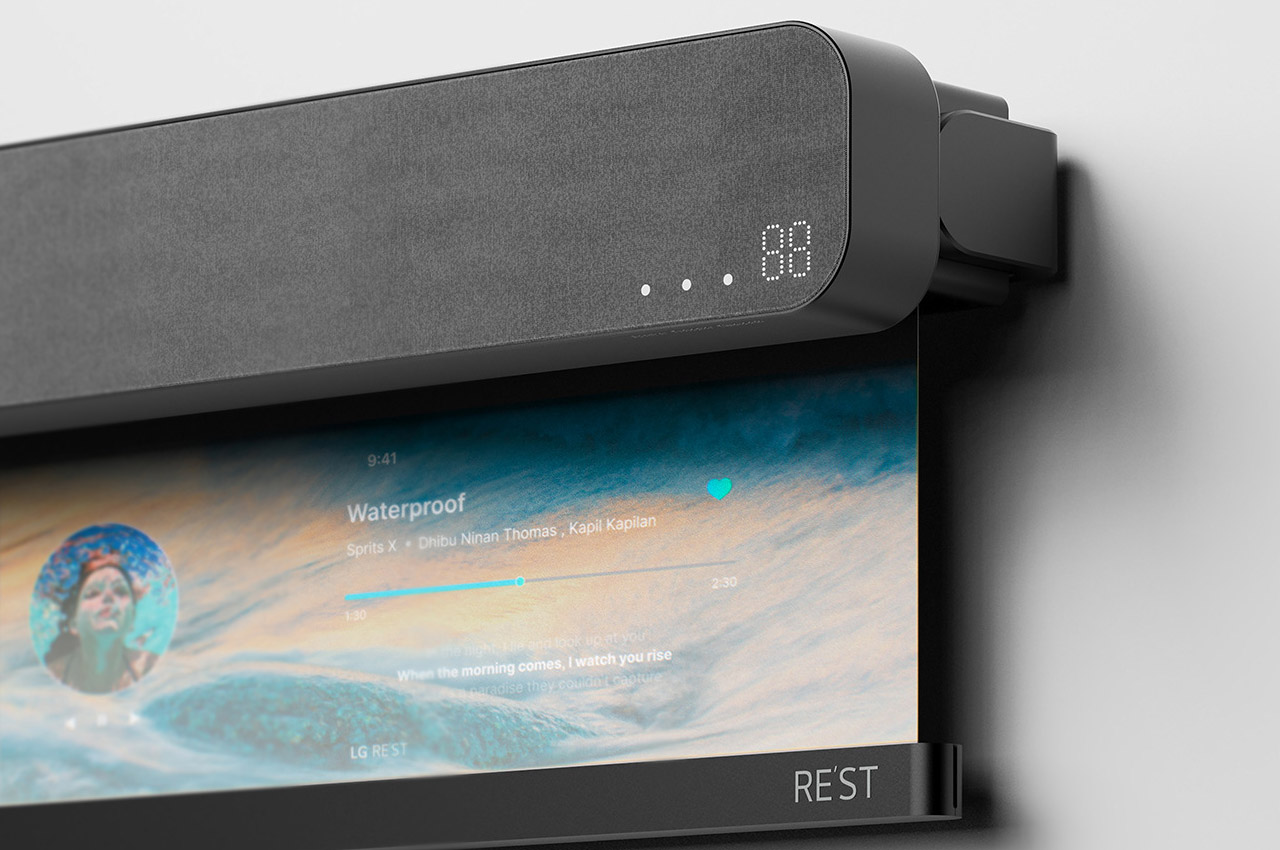
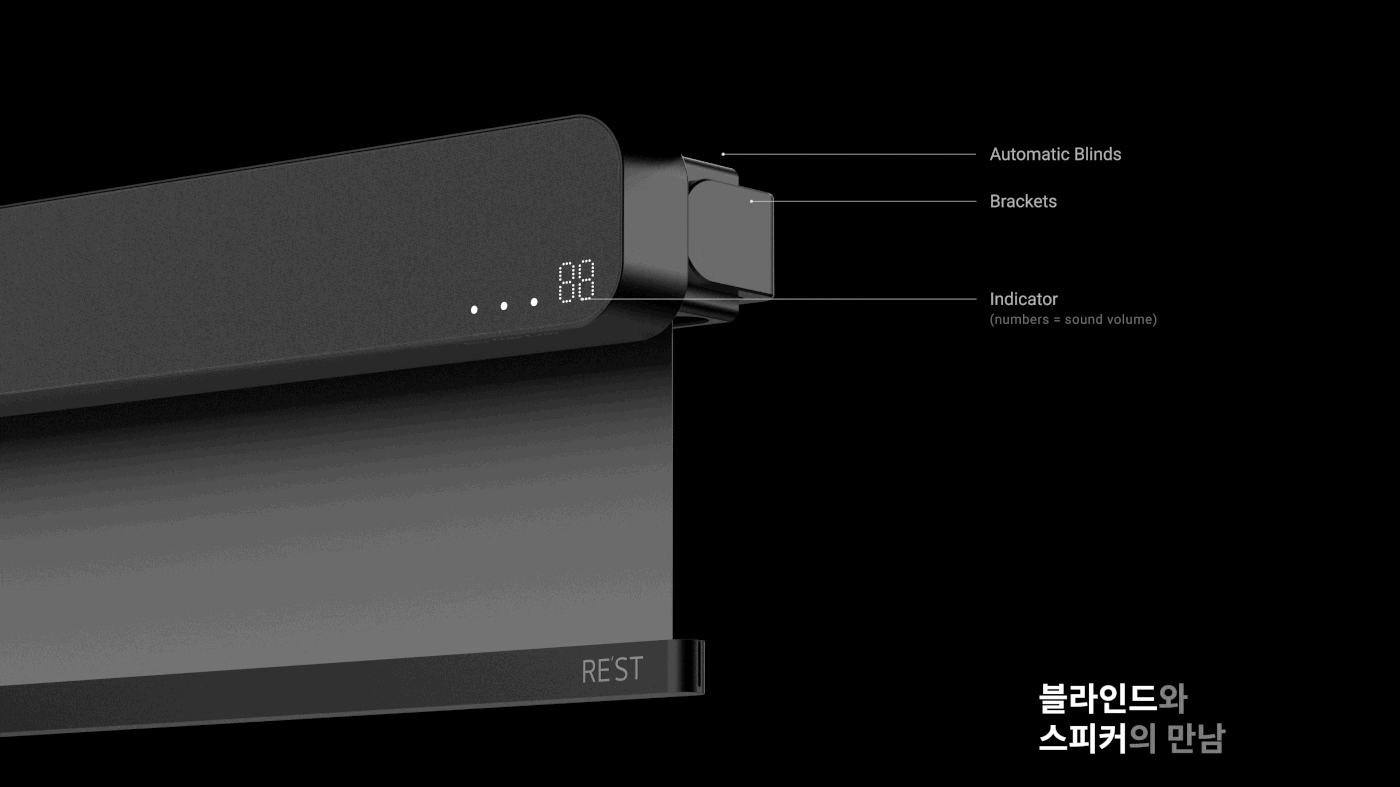
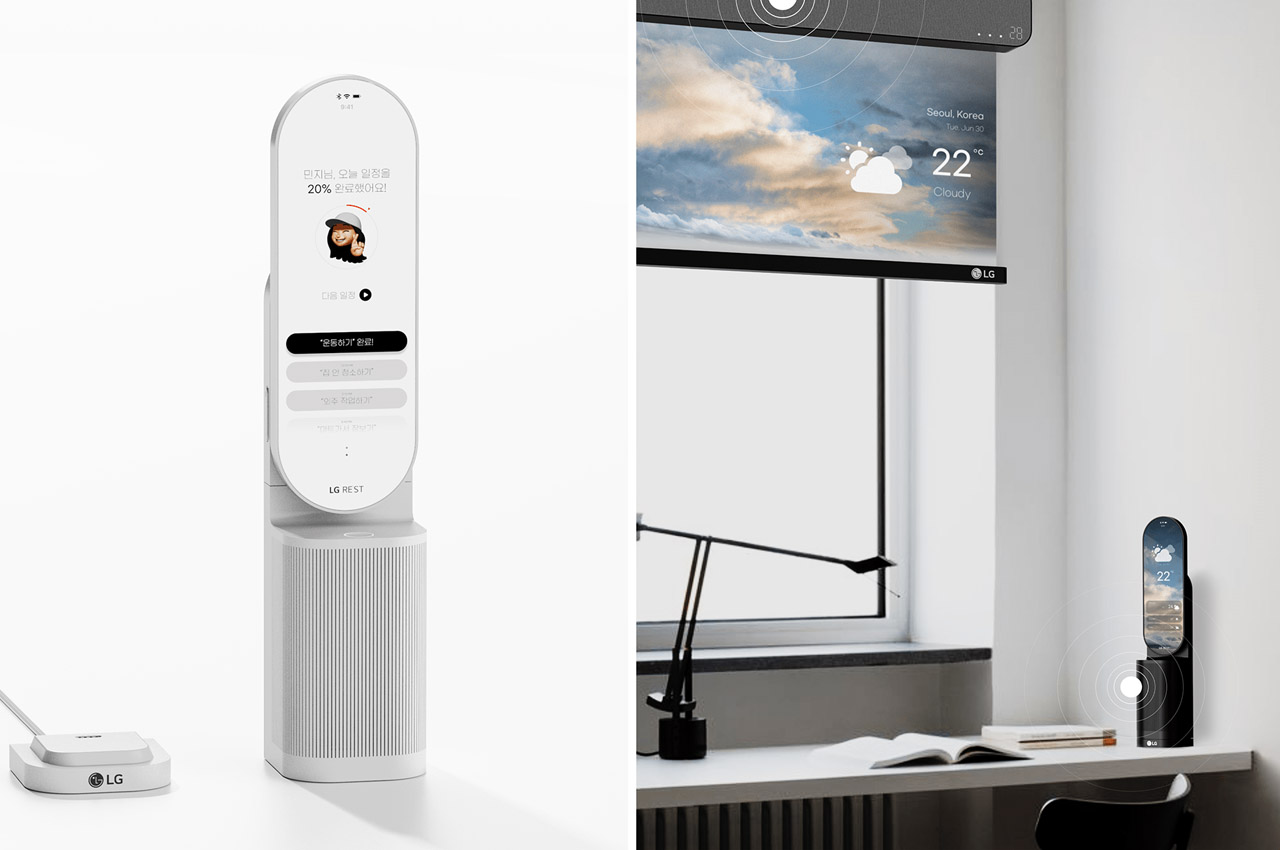
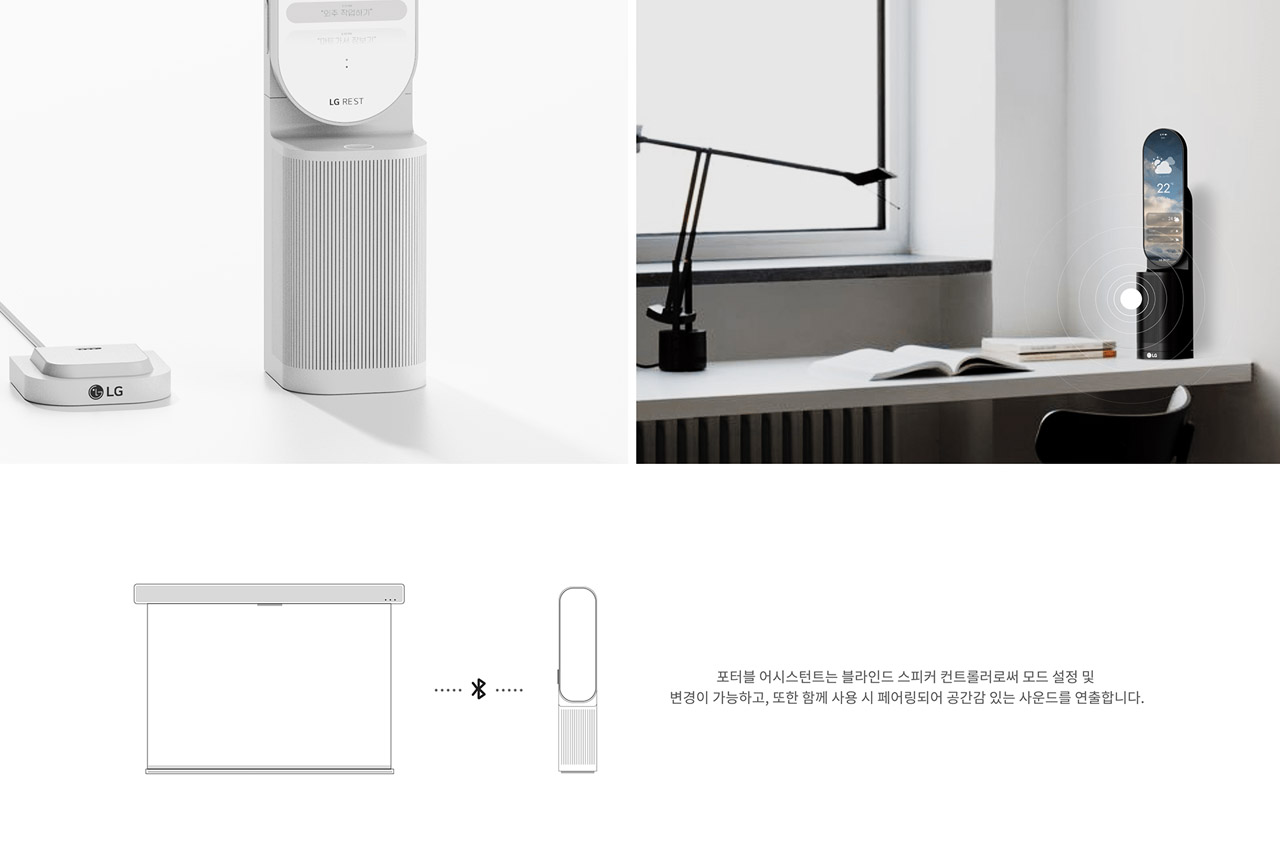

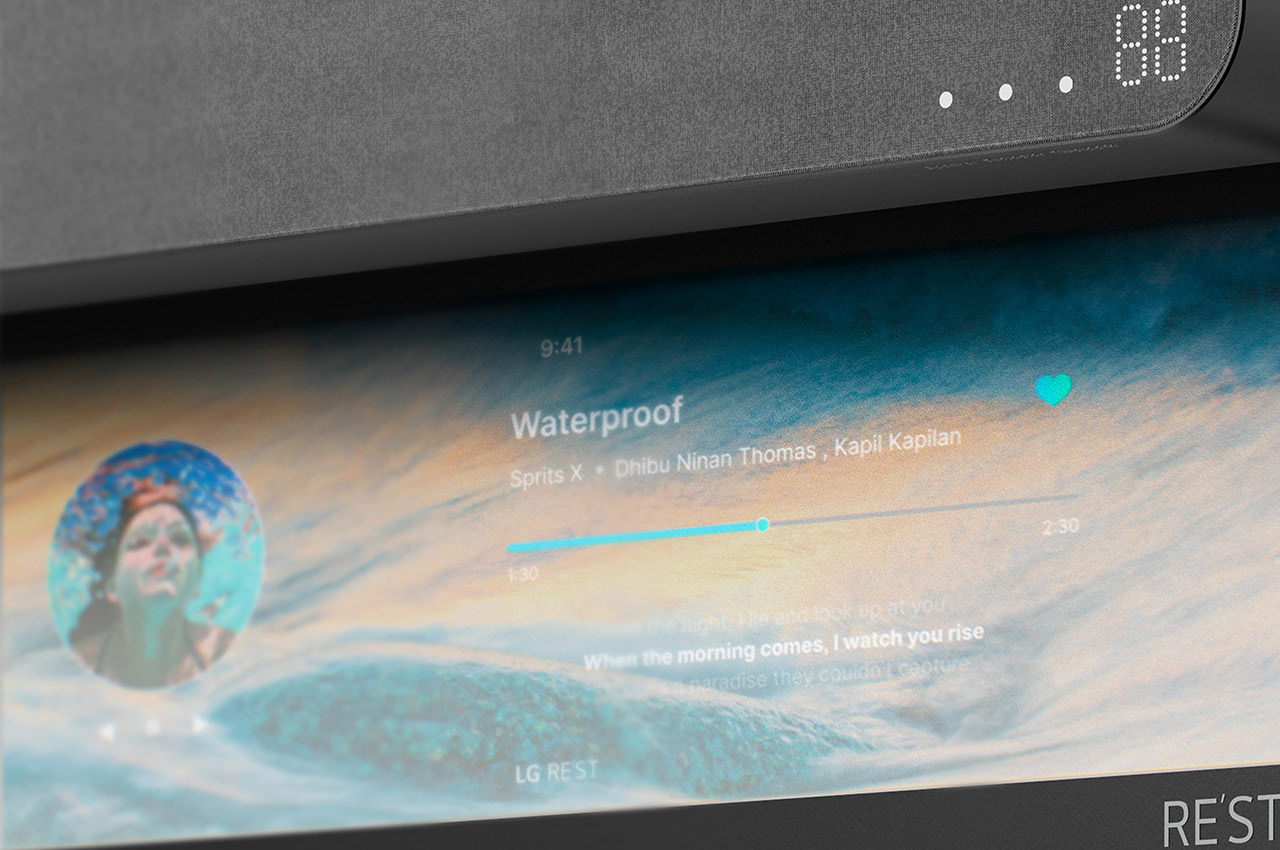
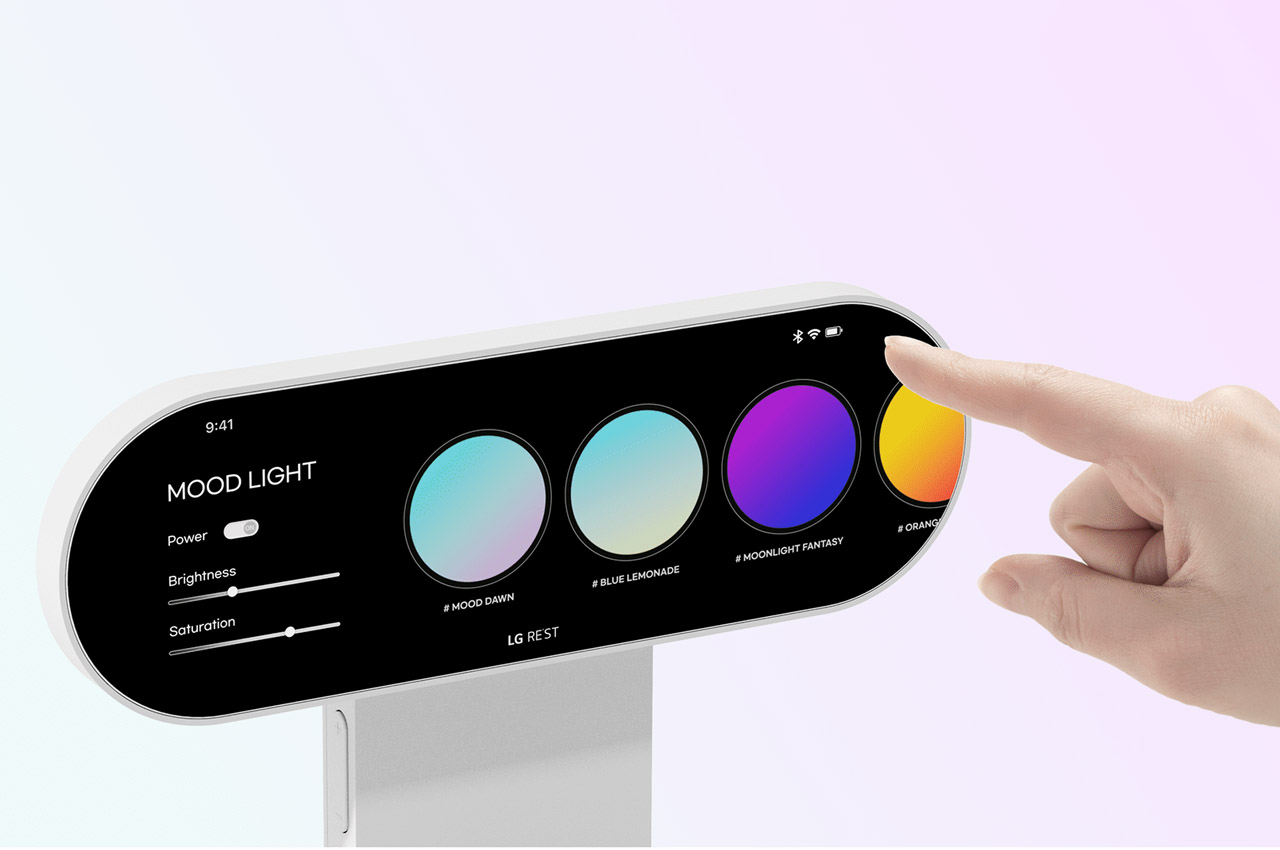
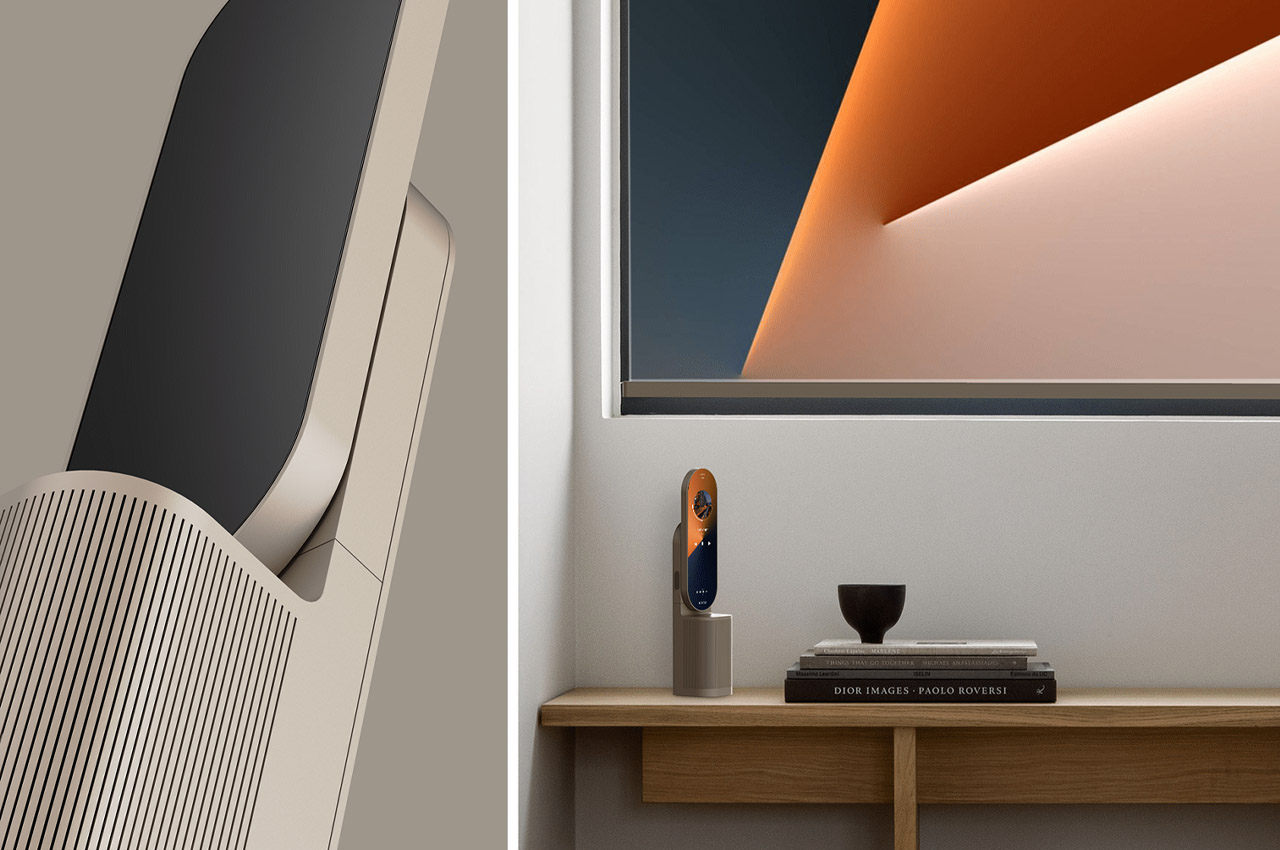
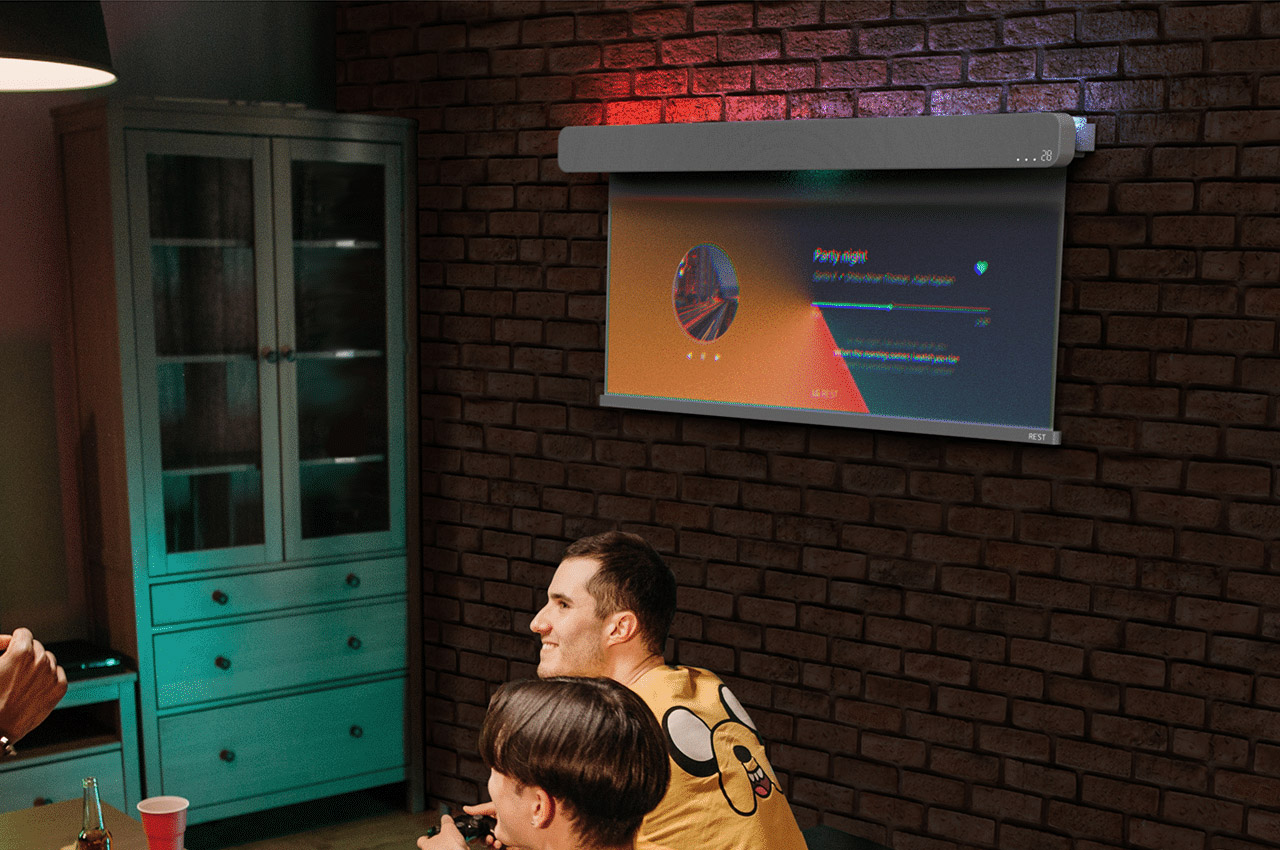
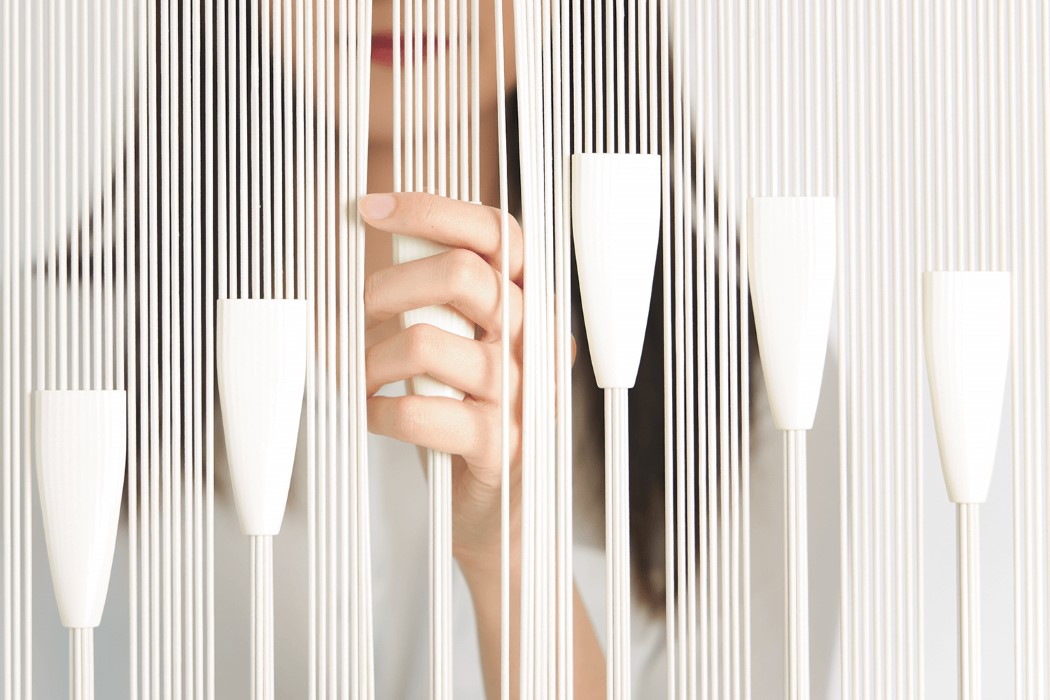
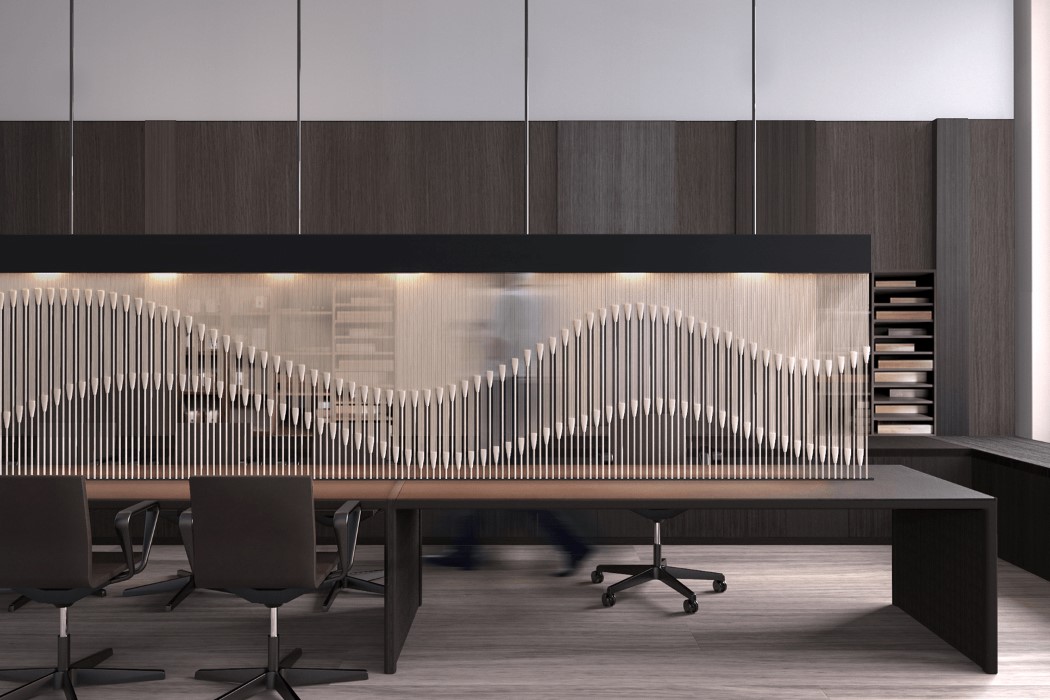

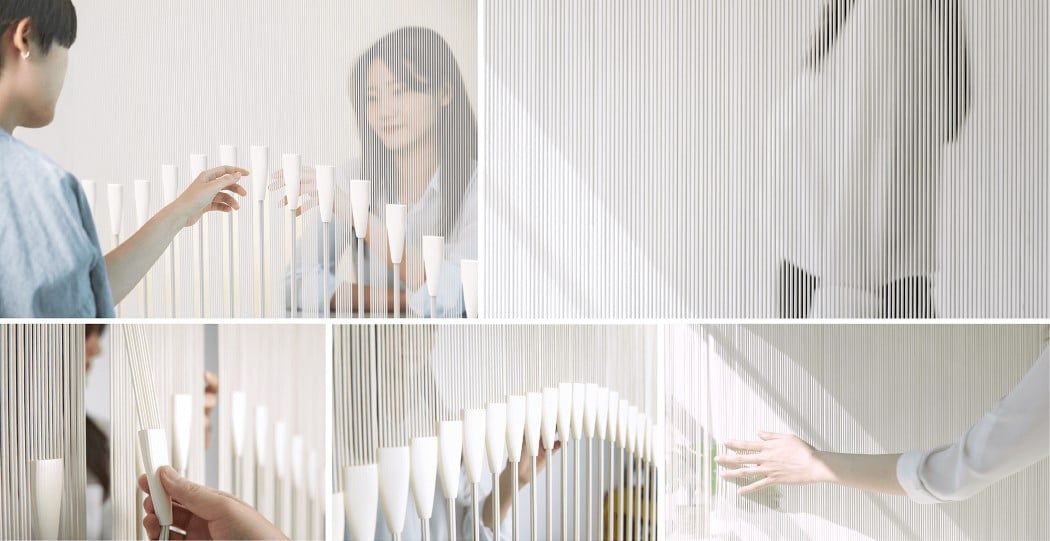

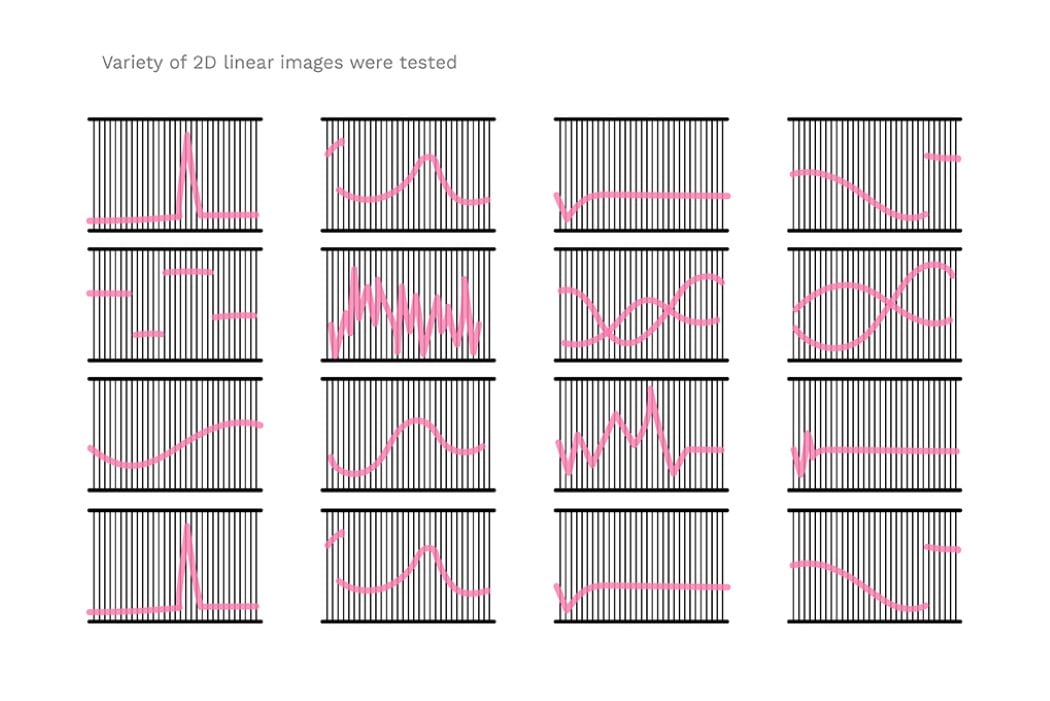

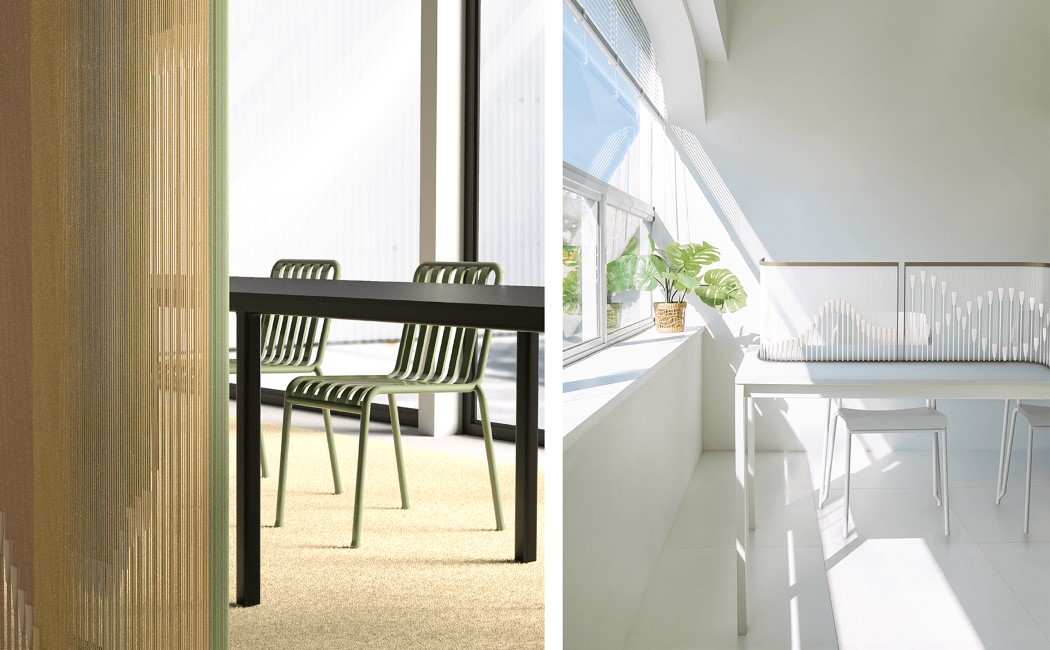
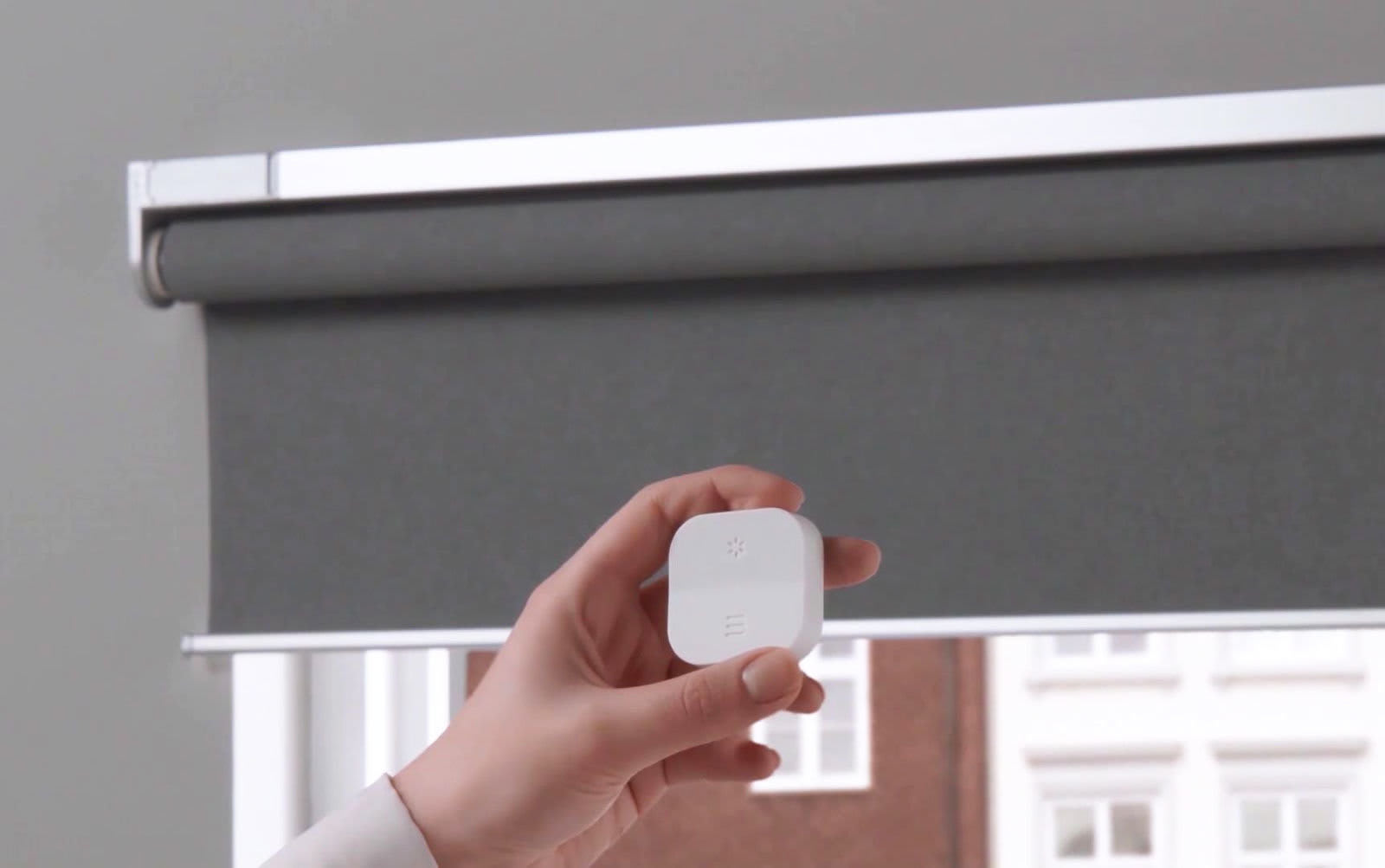 IKEA's smart blinds should be much easier to control if you live in an Apple-centric household. The home furnishing giant is now rolling out HomeKit support for its FYRTUR blinds, making them easy to control without either using the remote or relyin...
IKEA's smart blinds should be much easier to control if you live in an Apple-centric household. The home furnishing giant is now rolling out HomeKit support for its FYRTUR blinds, making them easy to control without either using the remote or relyin...
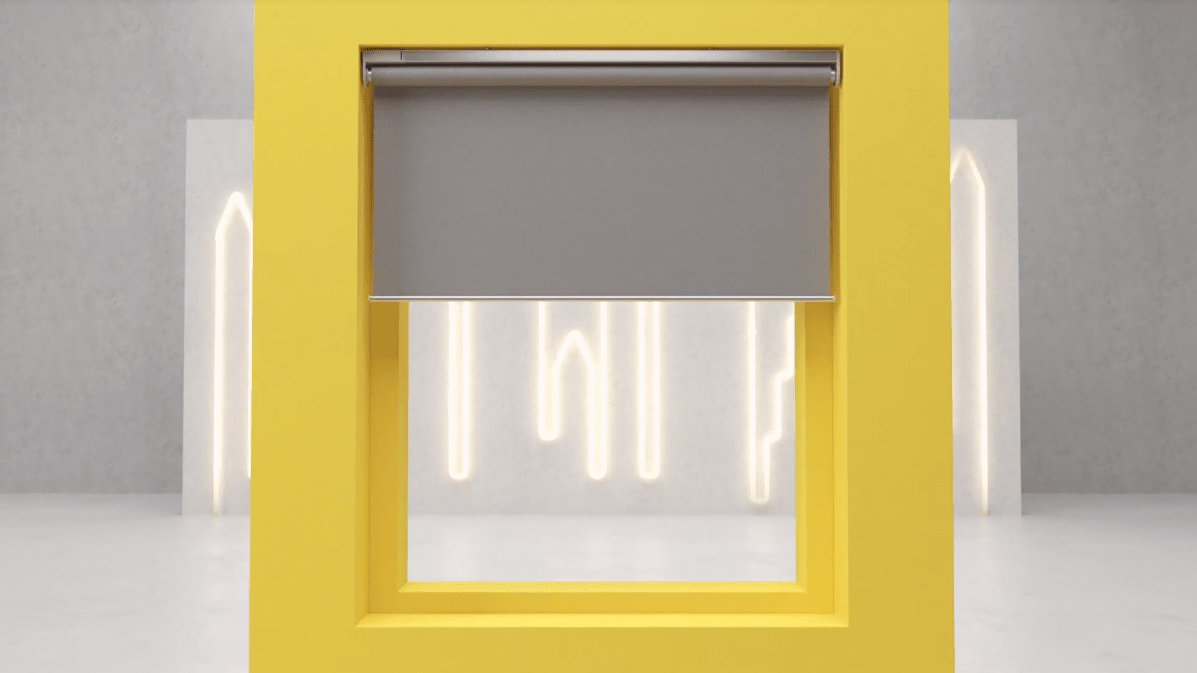 IKEA is adding to its collection of smart home products, introducing a line of smart window blinds to go along with its range of intelligent lighting products. But while the company's German website had already listed two versions of its smart blinds...
IKEA is adding to its collection of smart home products, introducing a line of smart window blinds to go along with its range of intelligent lighting products. But while the company's German website had already listed two versions of its smart blinds...
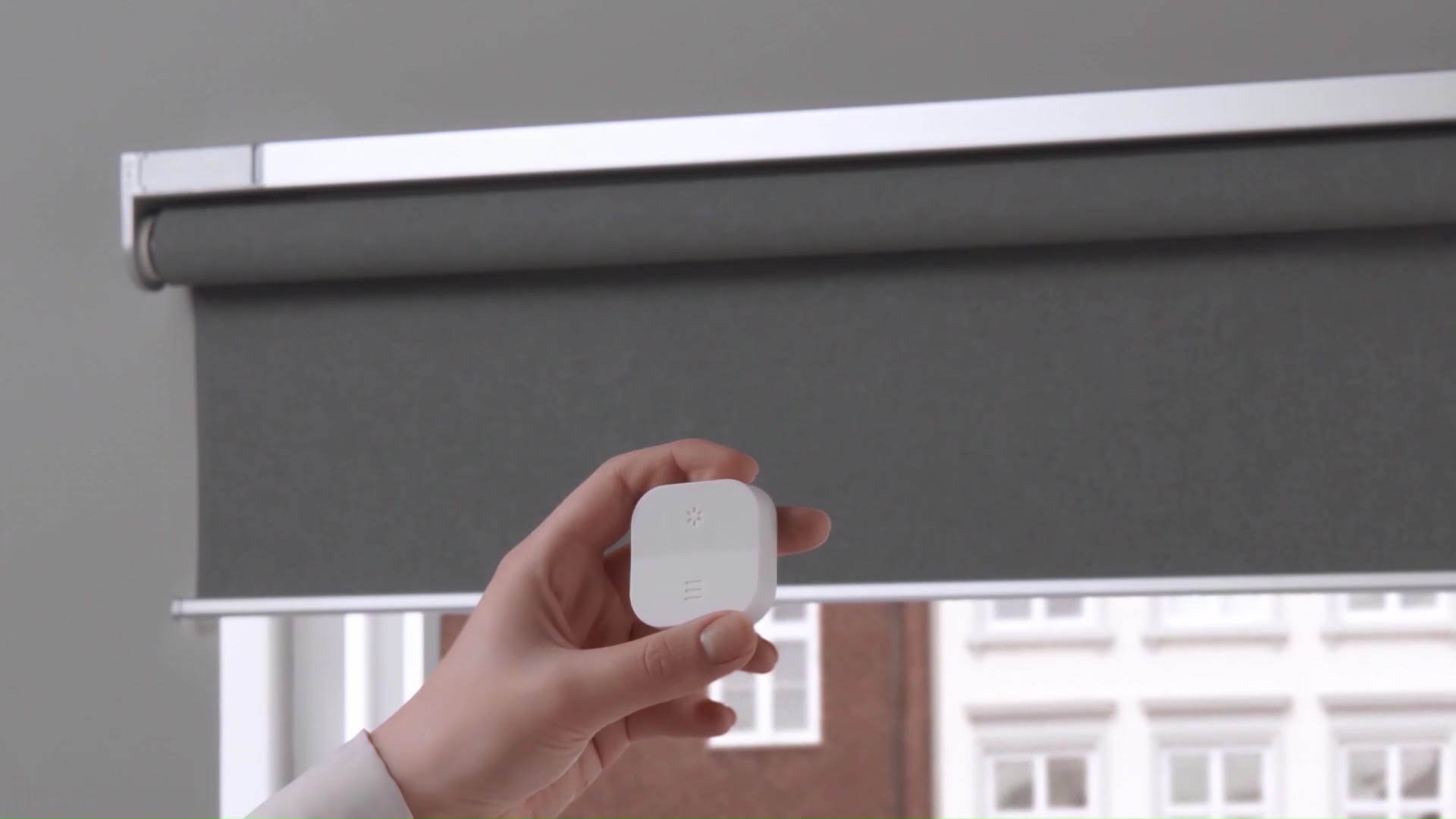 Almost a year ago, Swedish furniture giant IKEA signalled its intention to make people's homes smarter with the launch of its own intelligent lighting range. TRÅDFRI -- as we now know it -- has grown to include a variety of LED bulbs, motion se...
Almost a year ago, Swedish furniture giant IKEA signalled its intention to make people's homes smarter with the launch of its own intelligent lighting range. TRÅDFRI -- as we now know it -- has grown to include a variety of LED bulbs, motion se...
